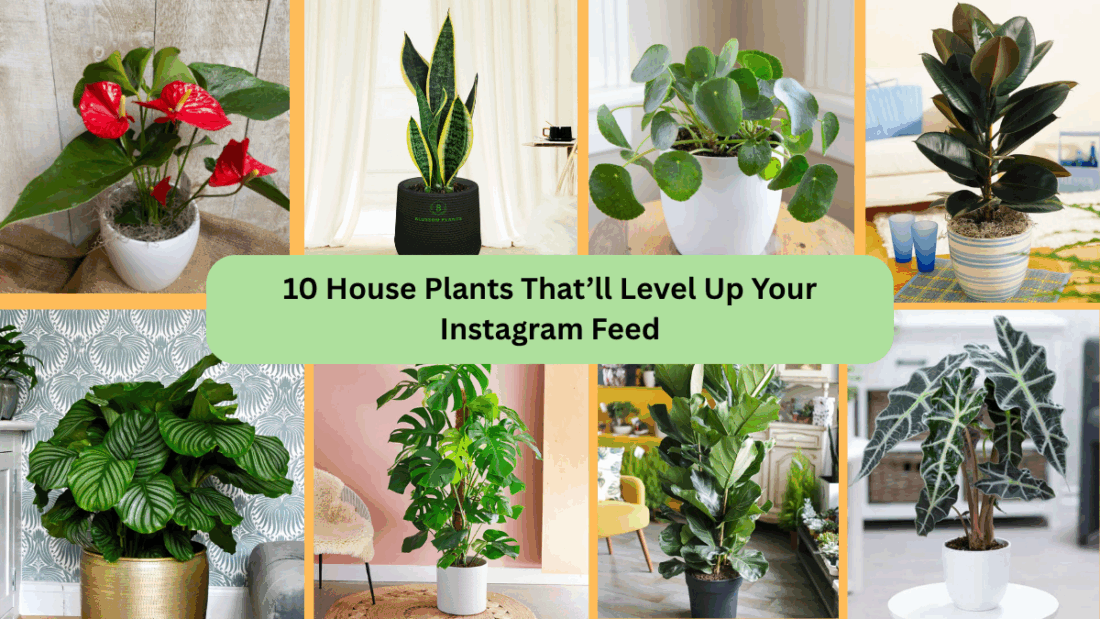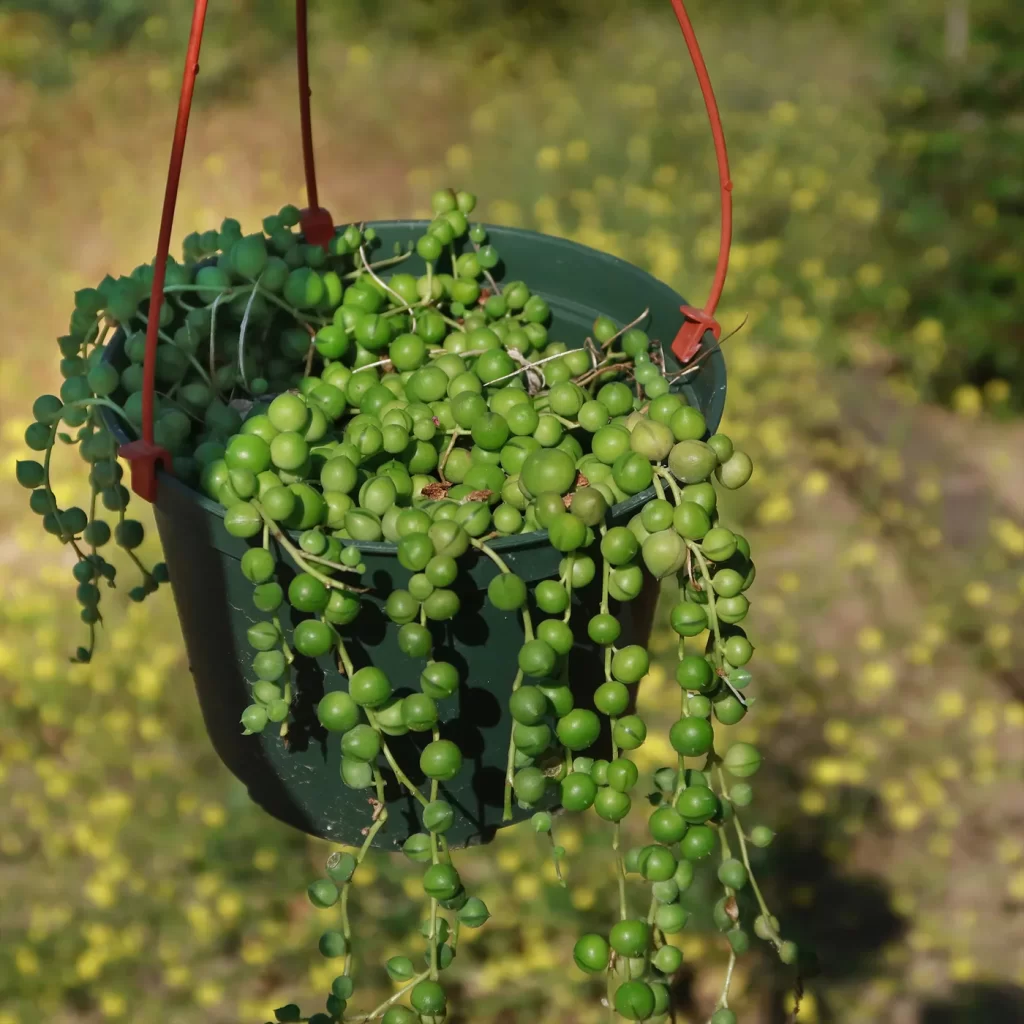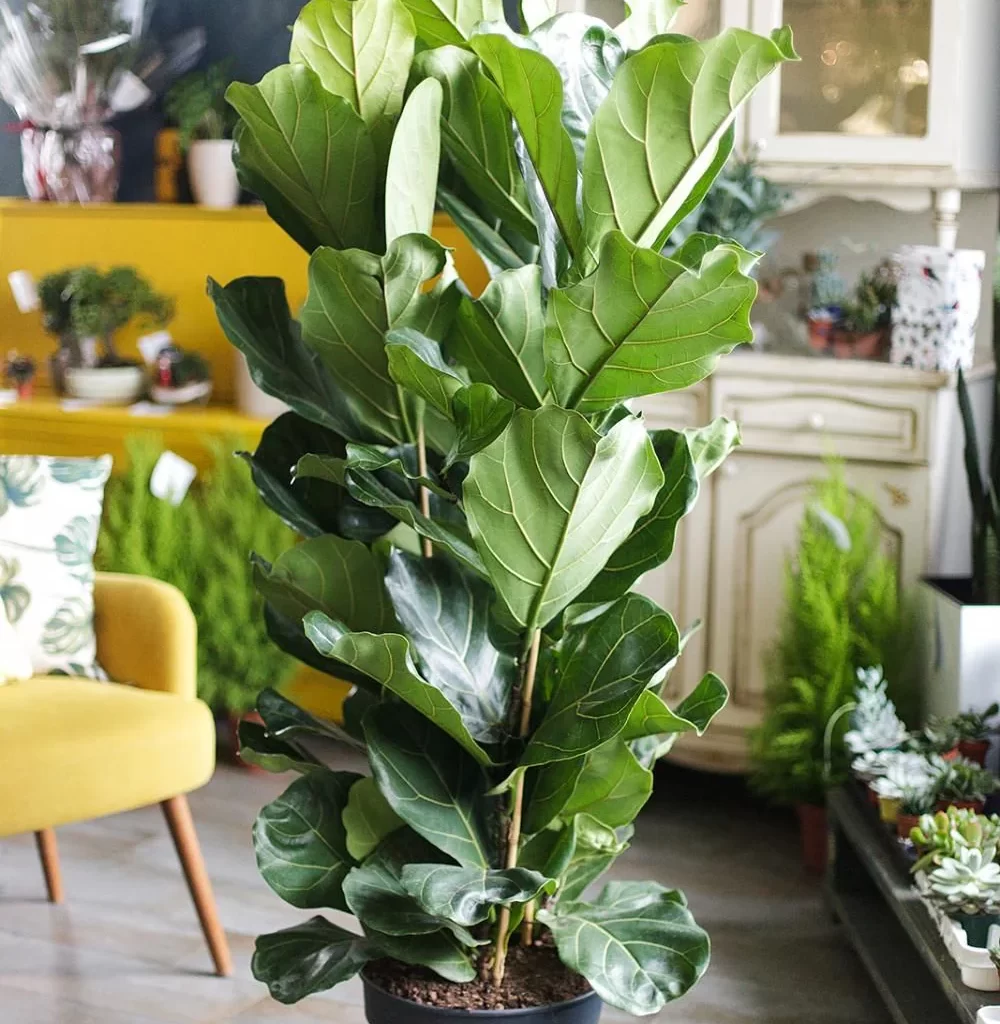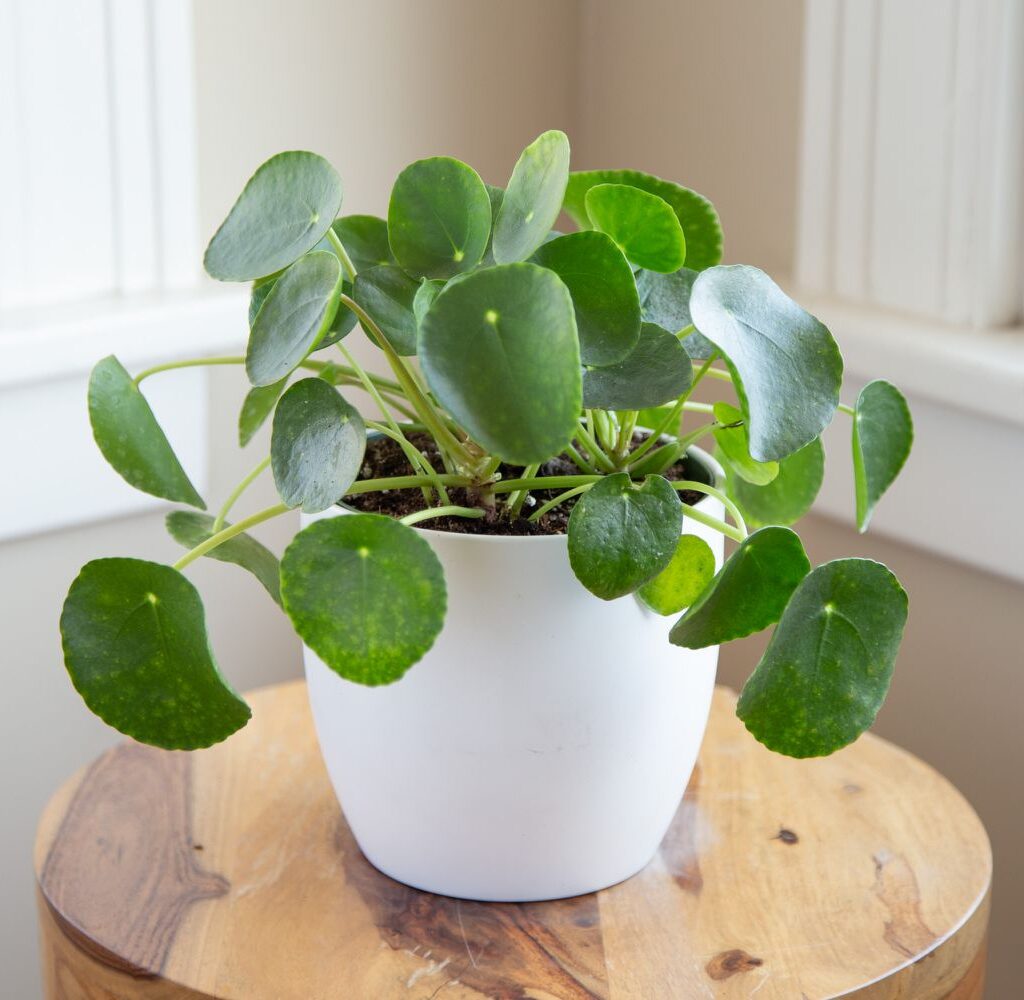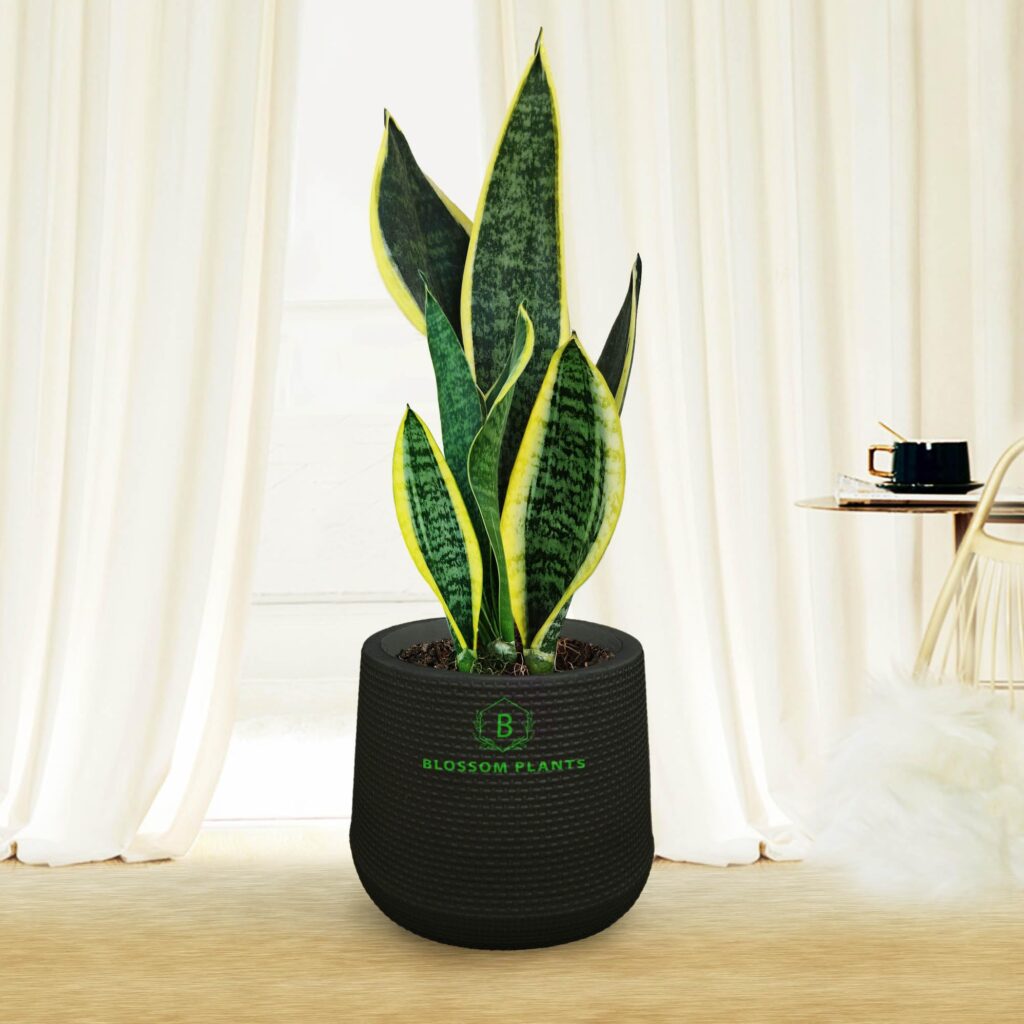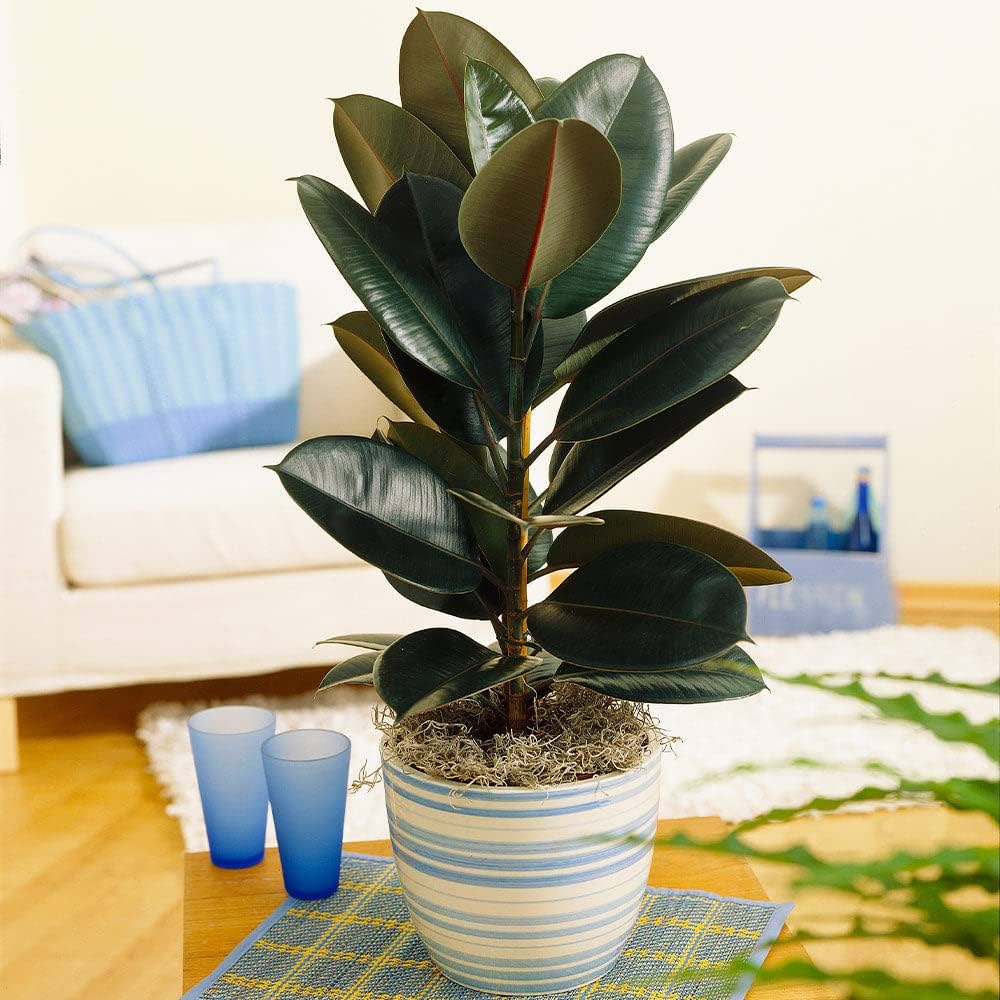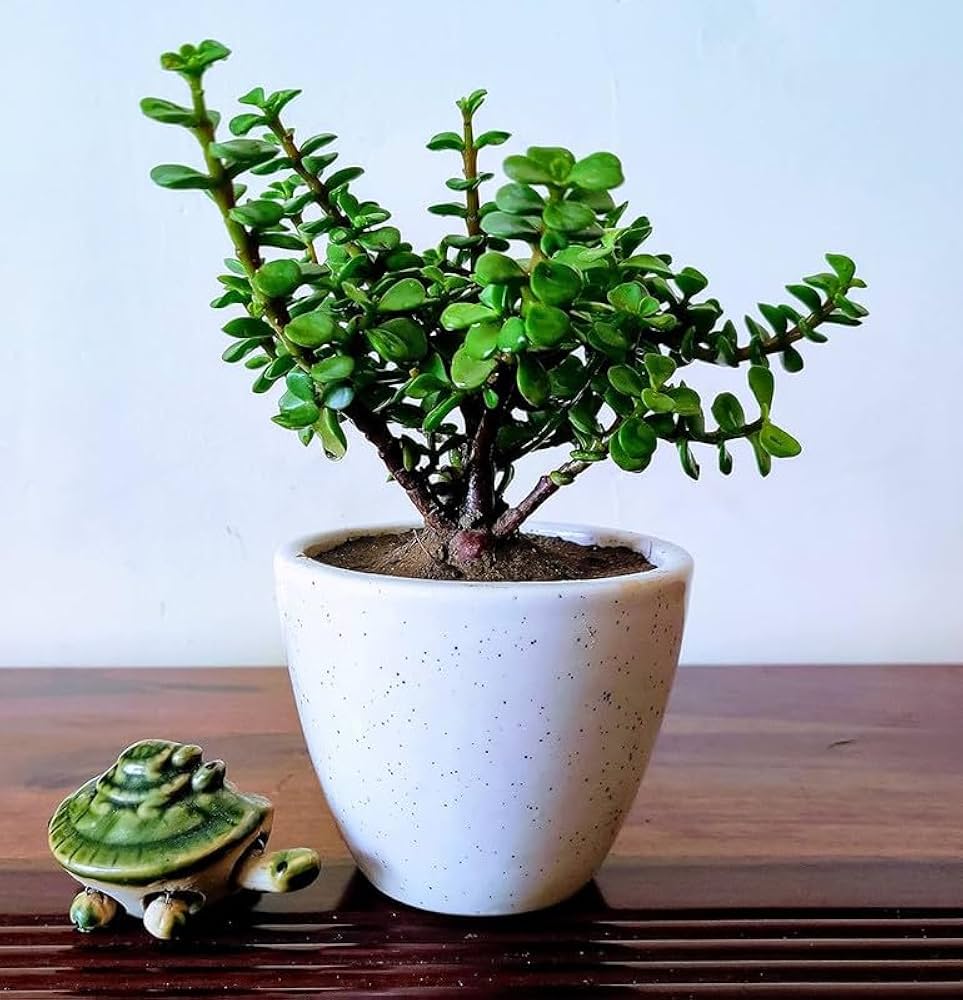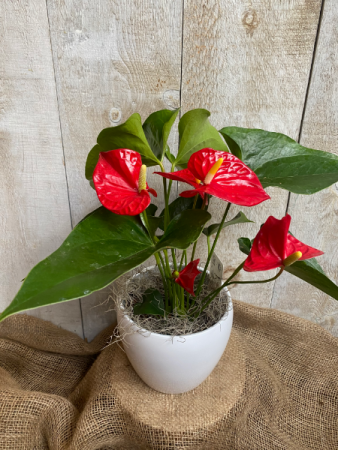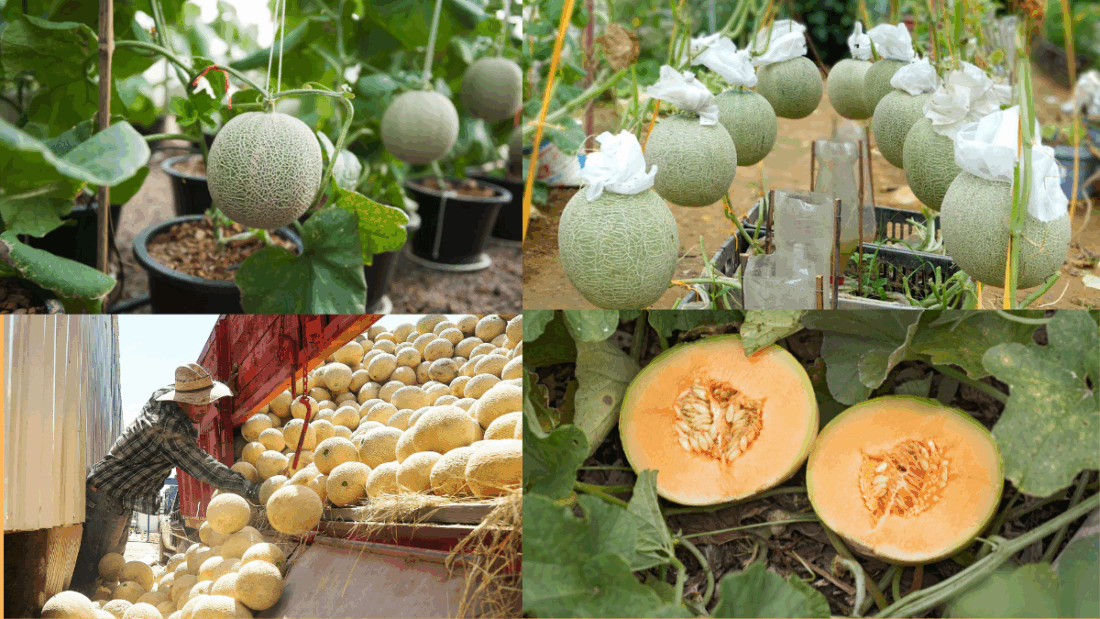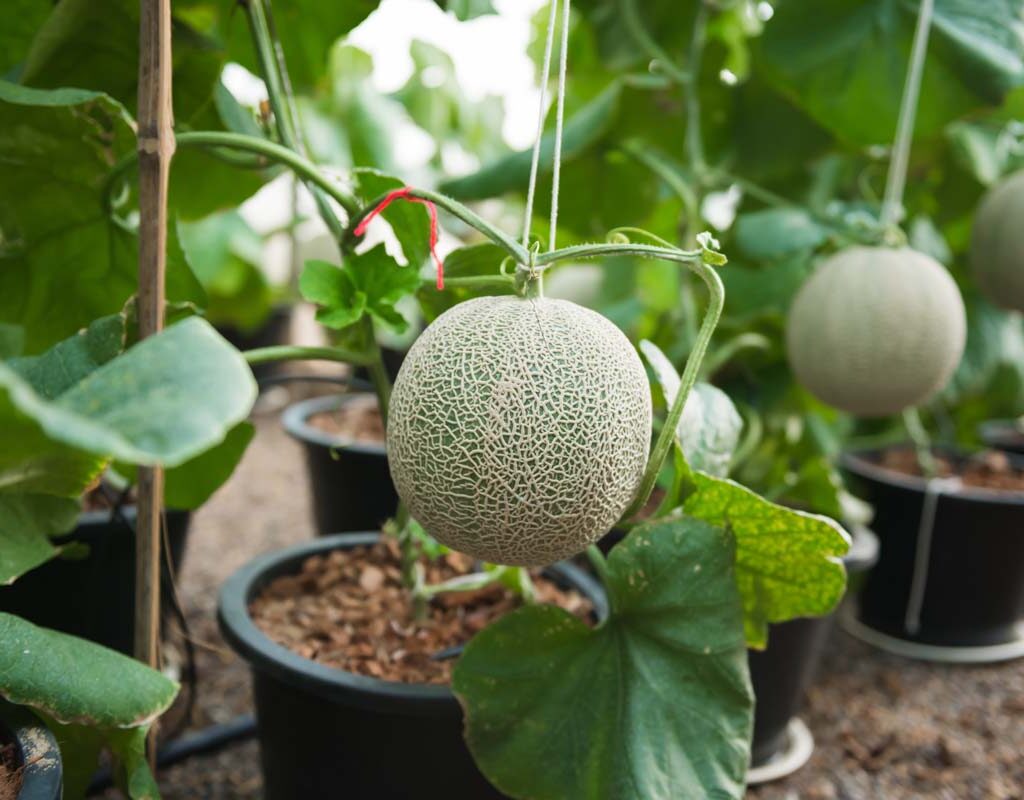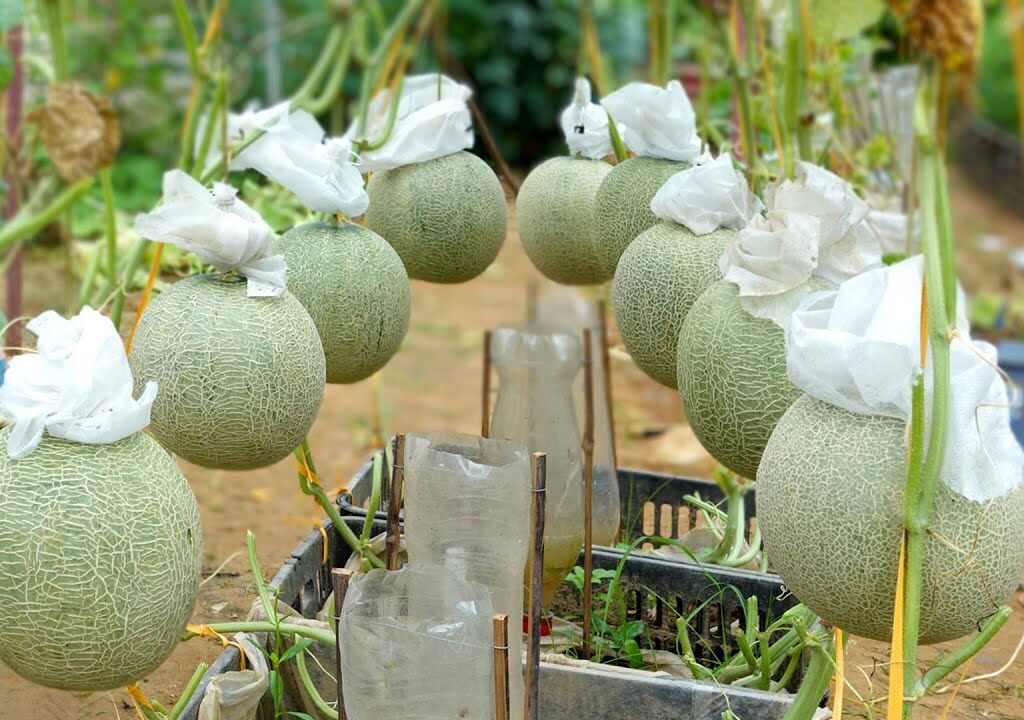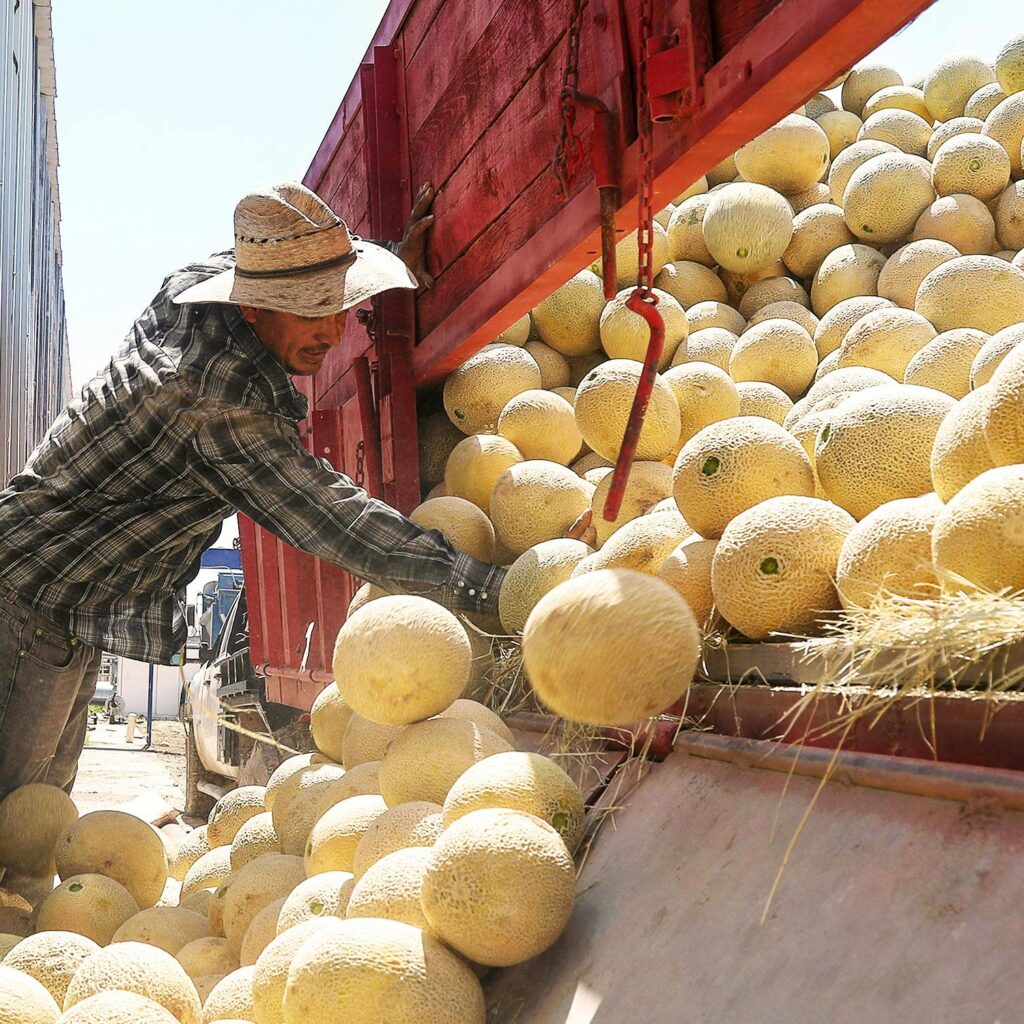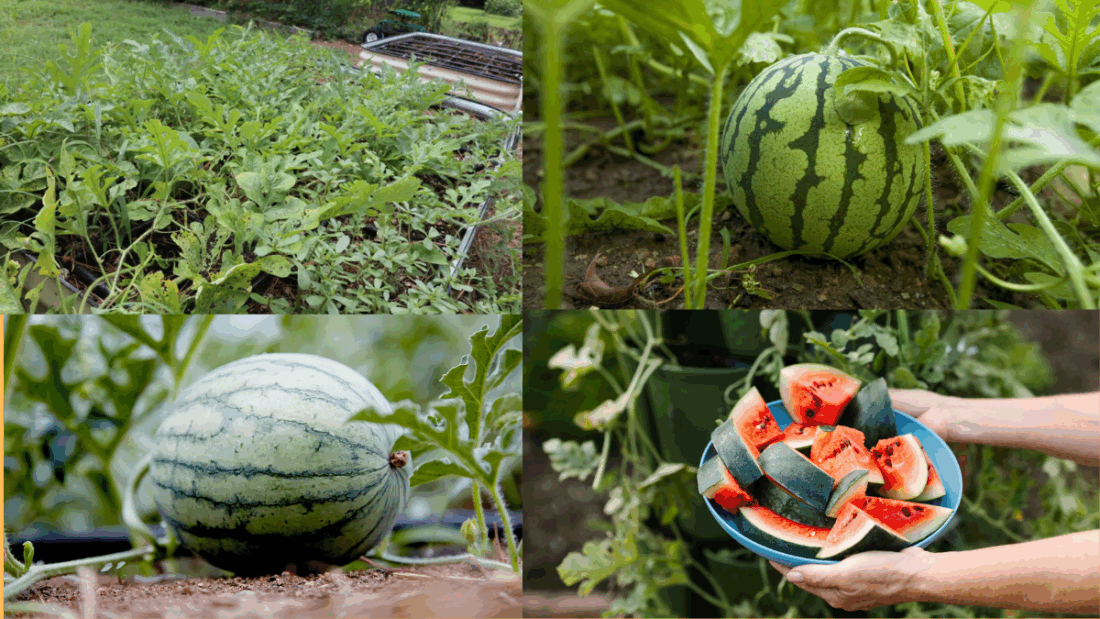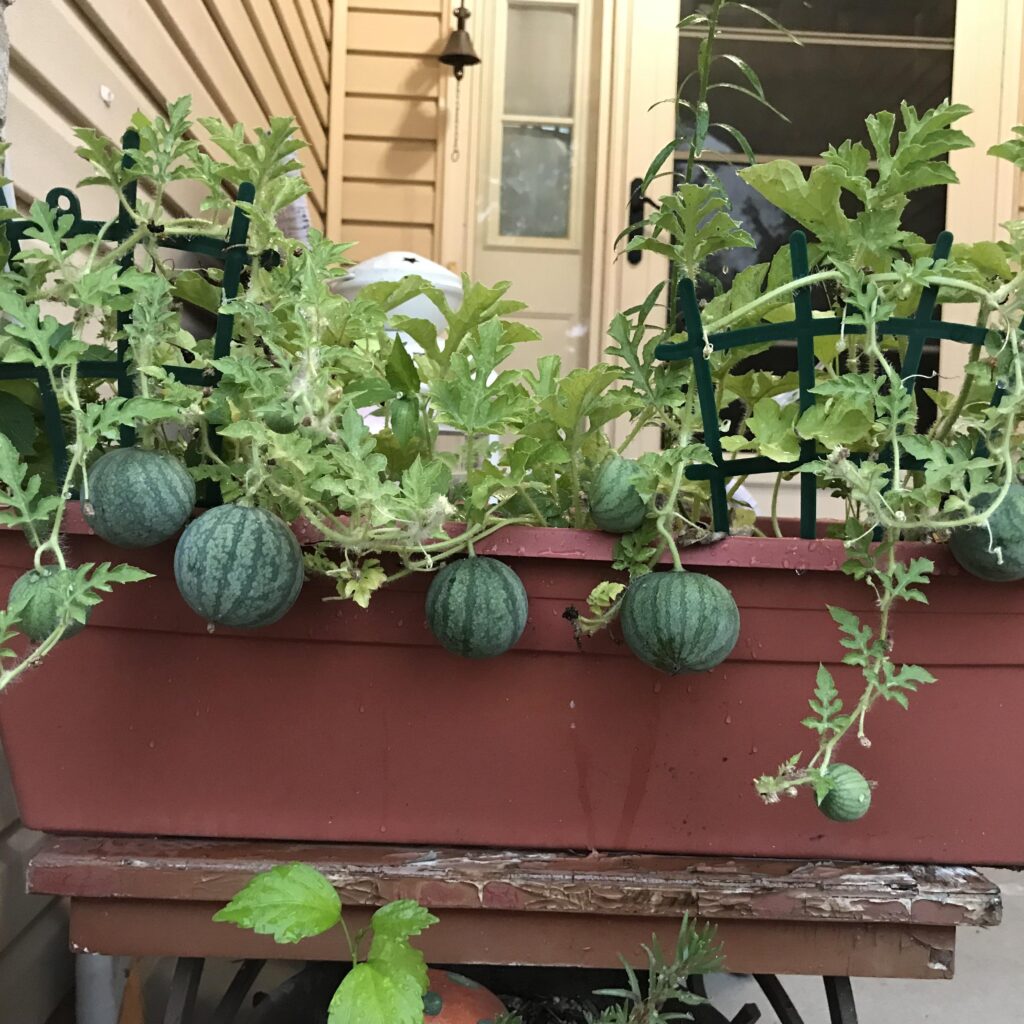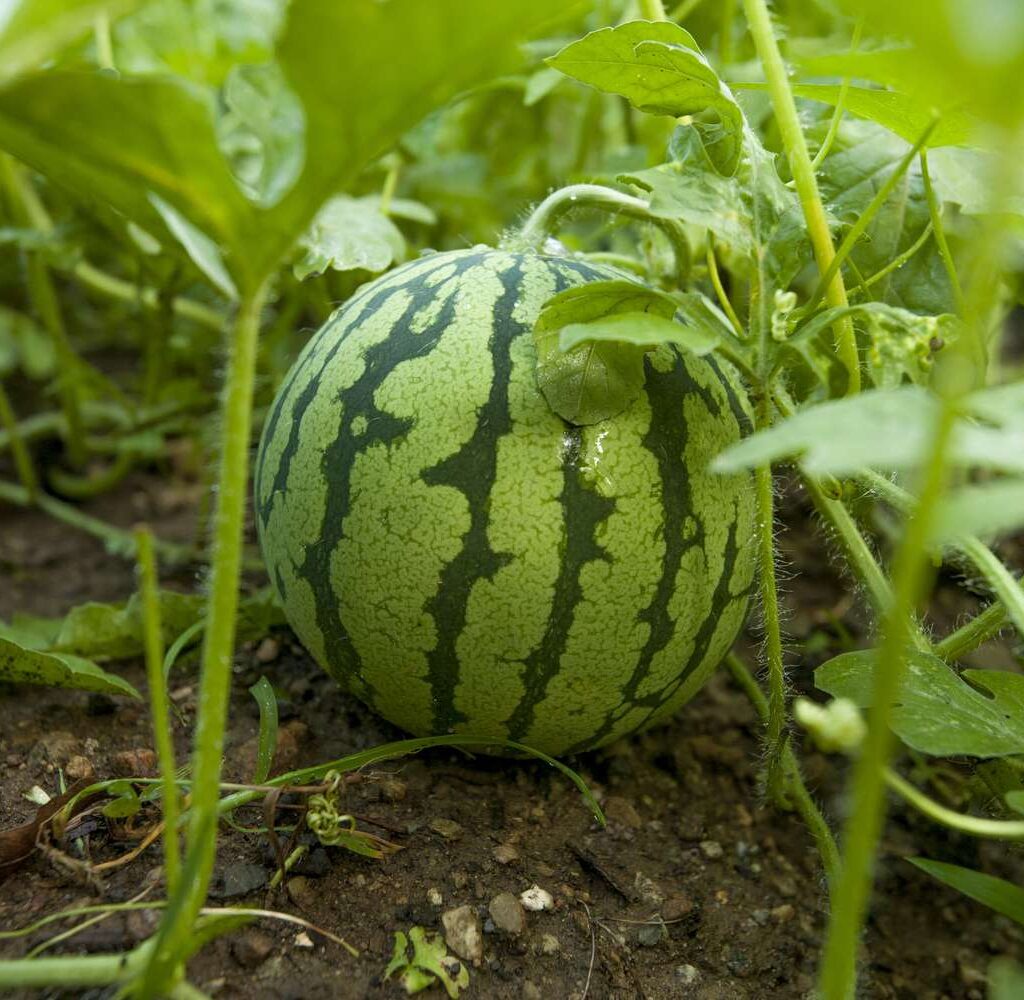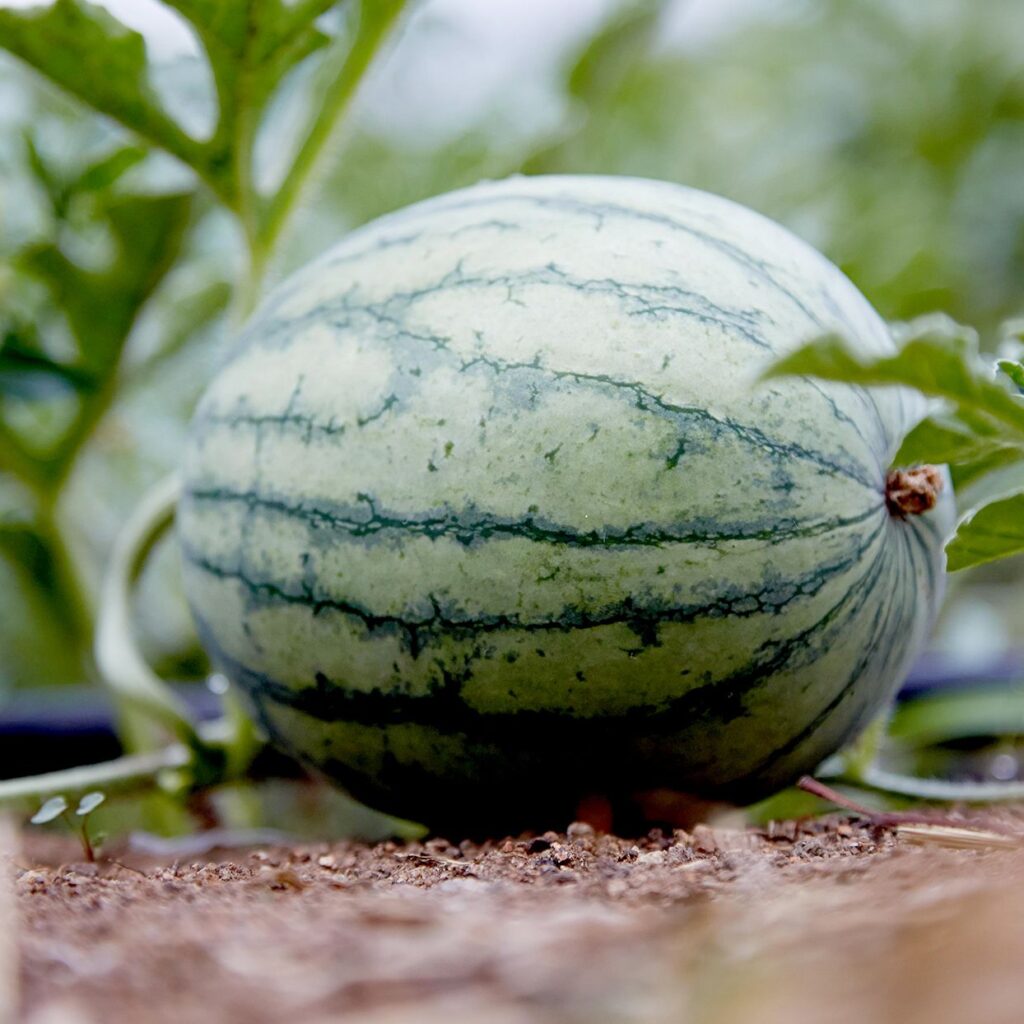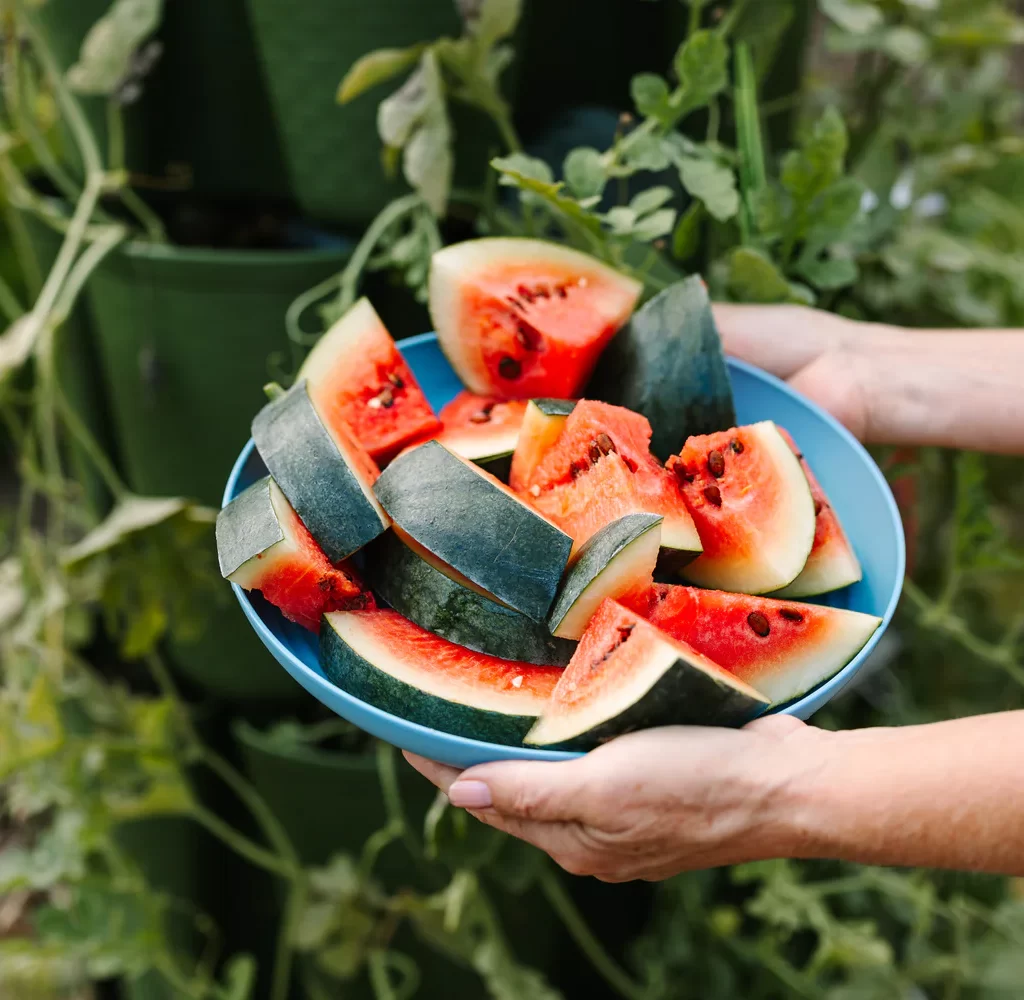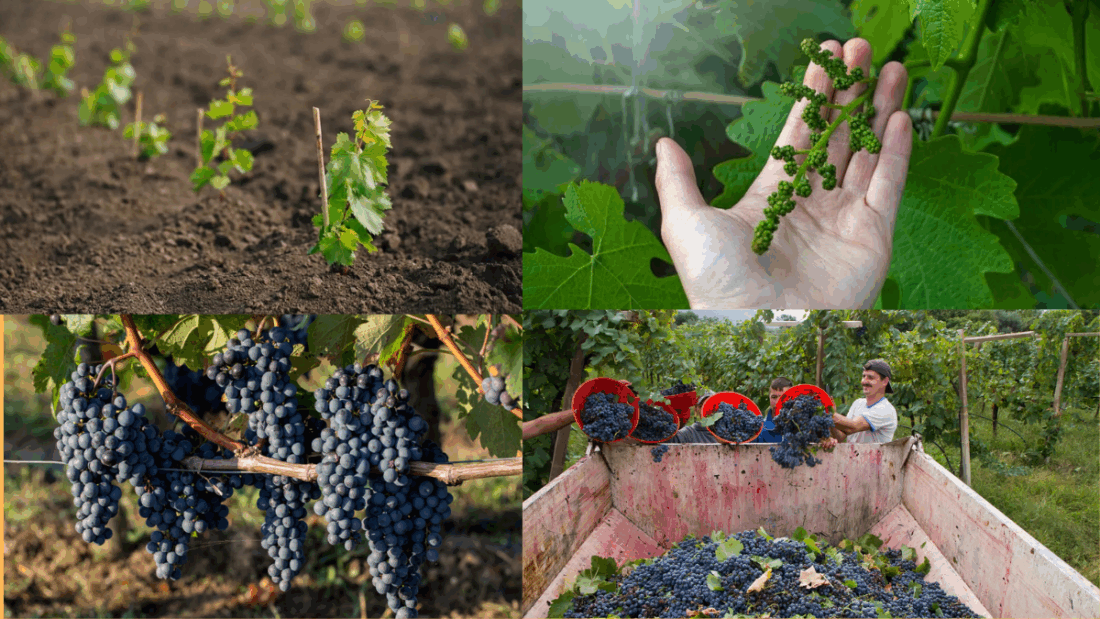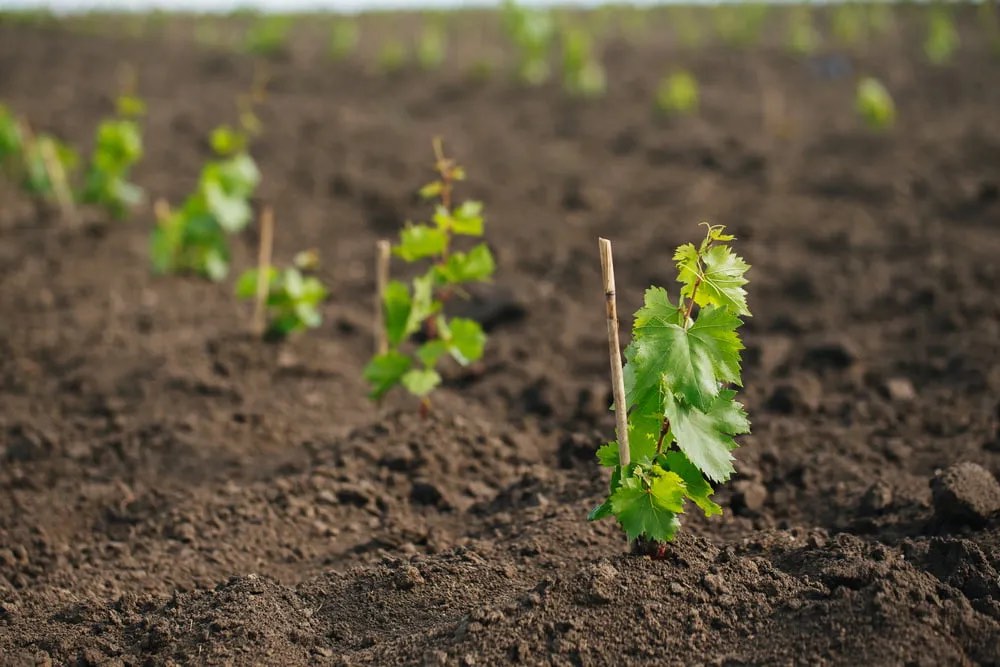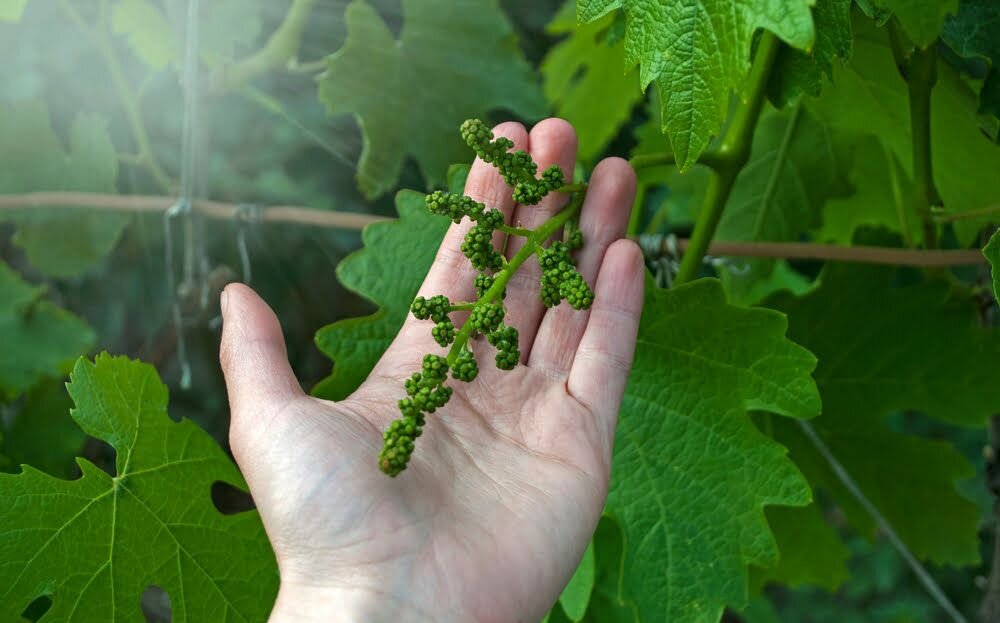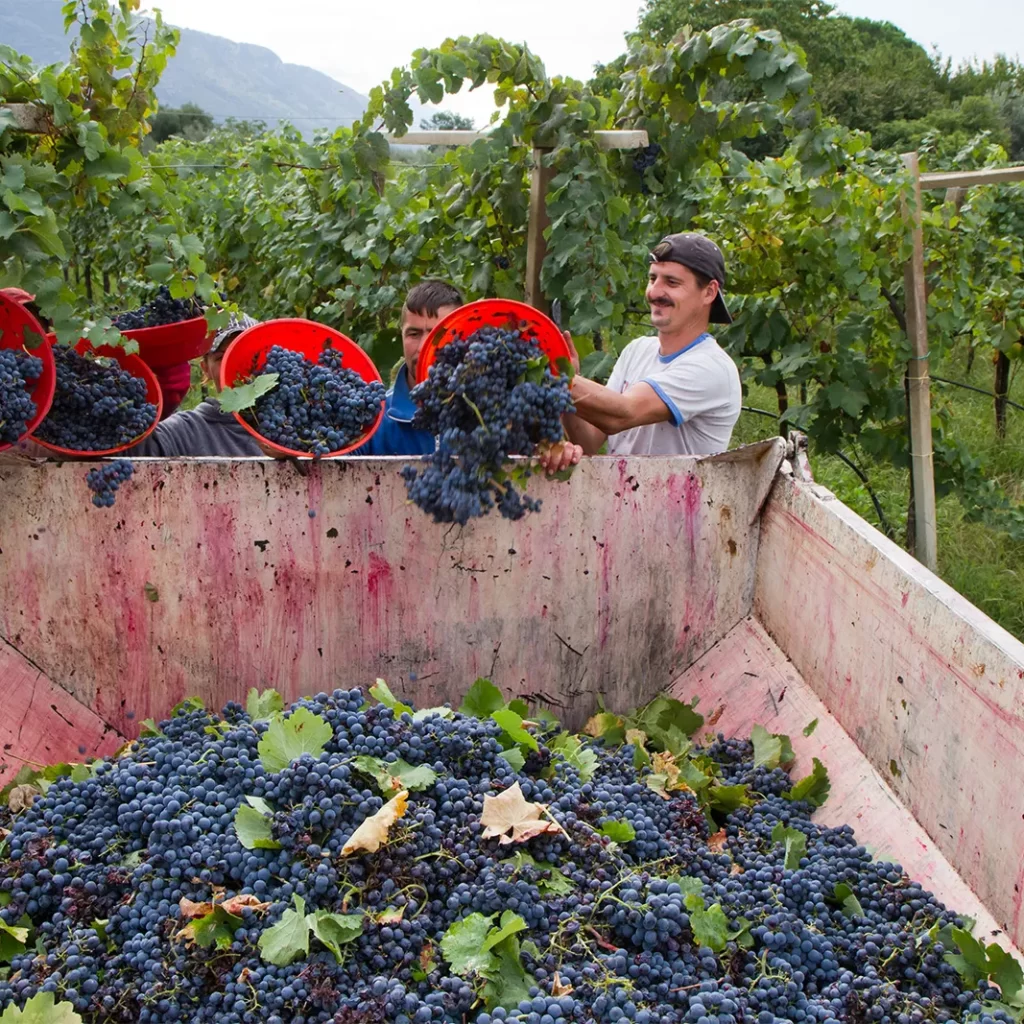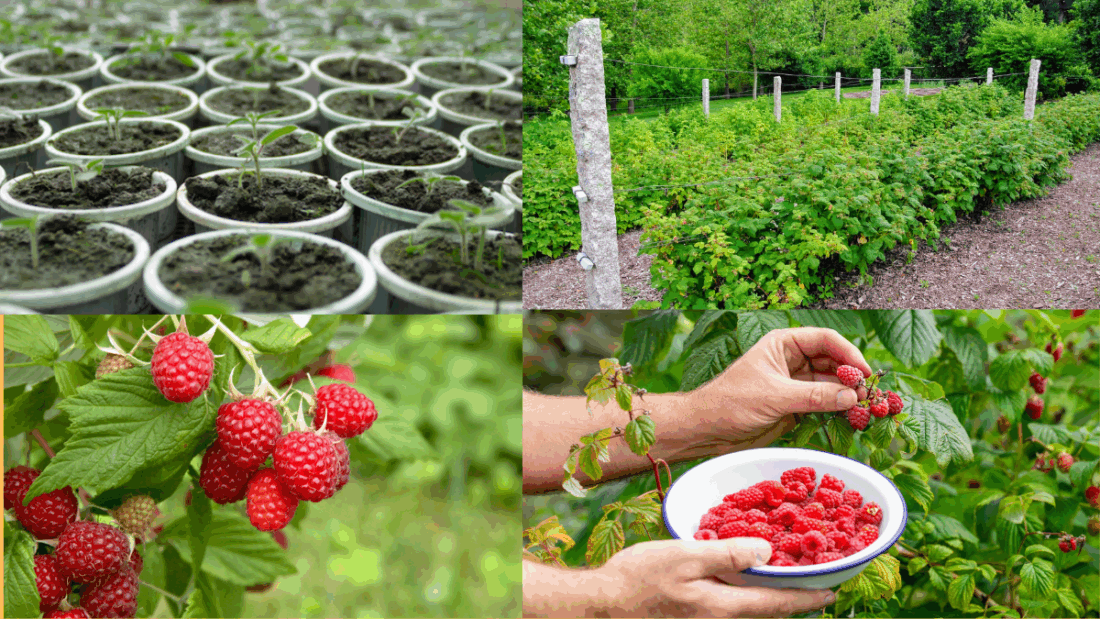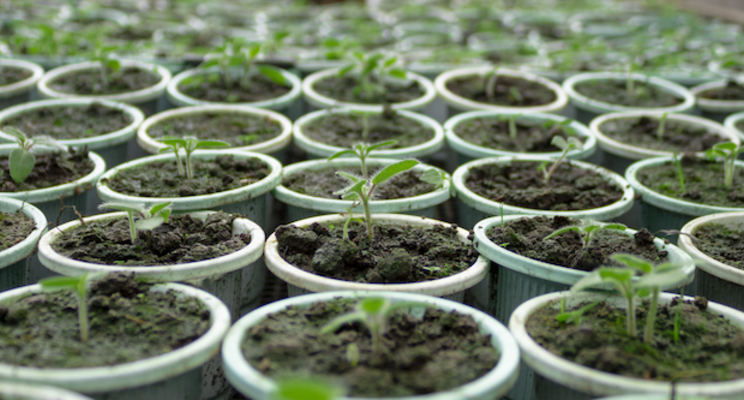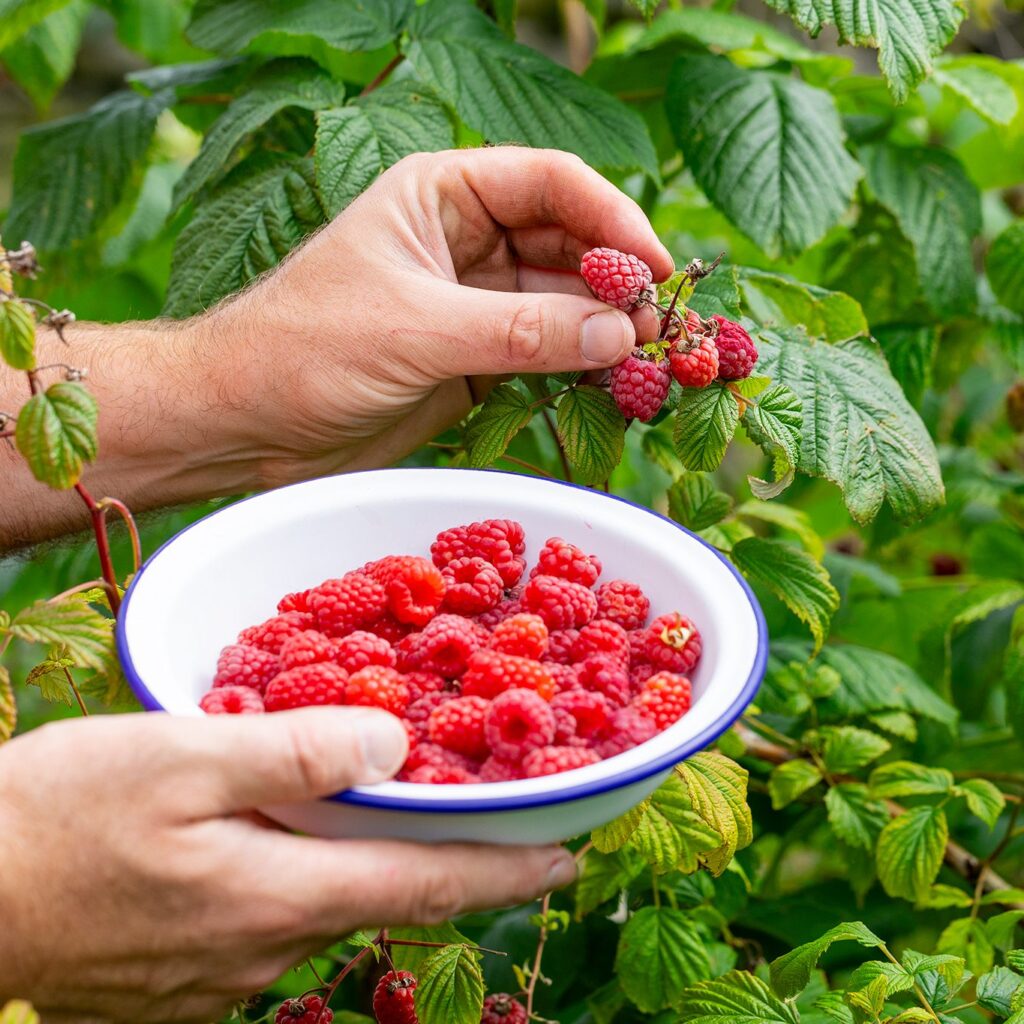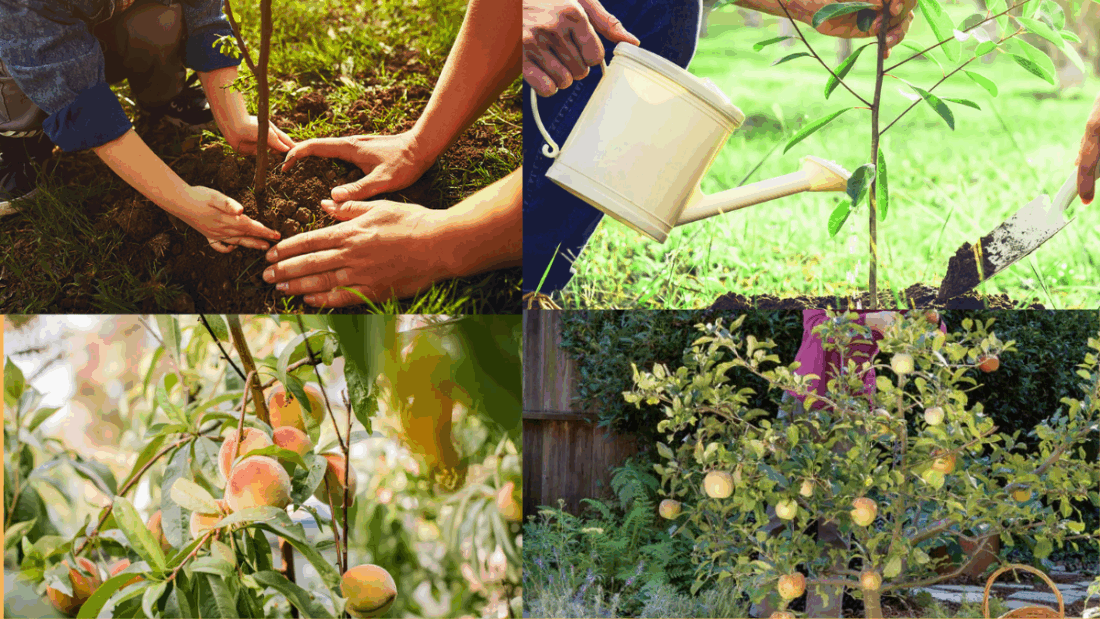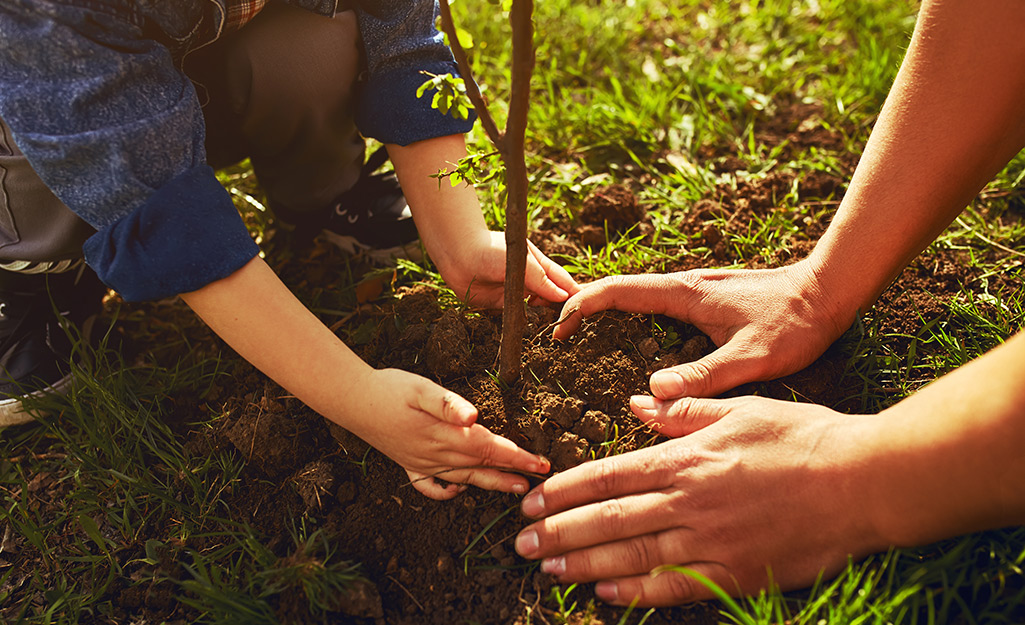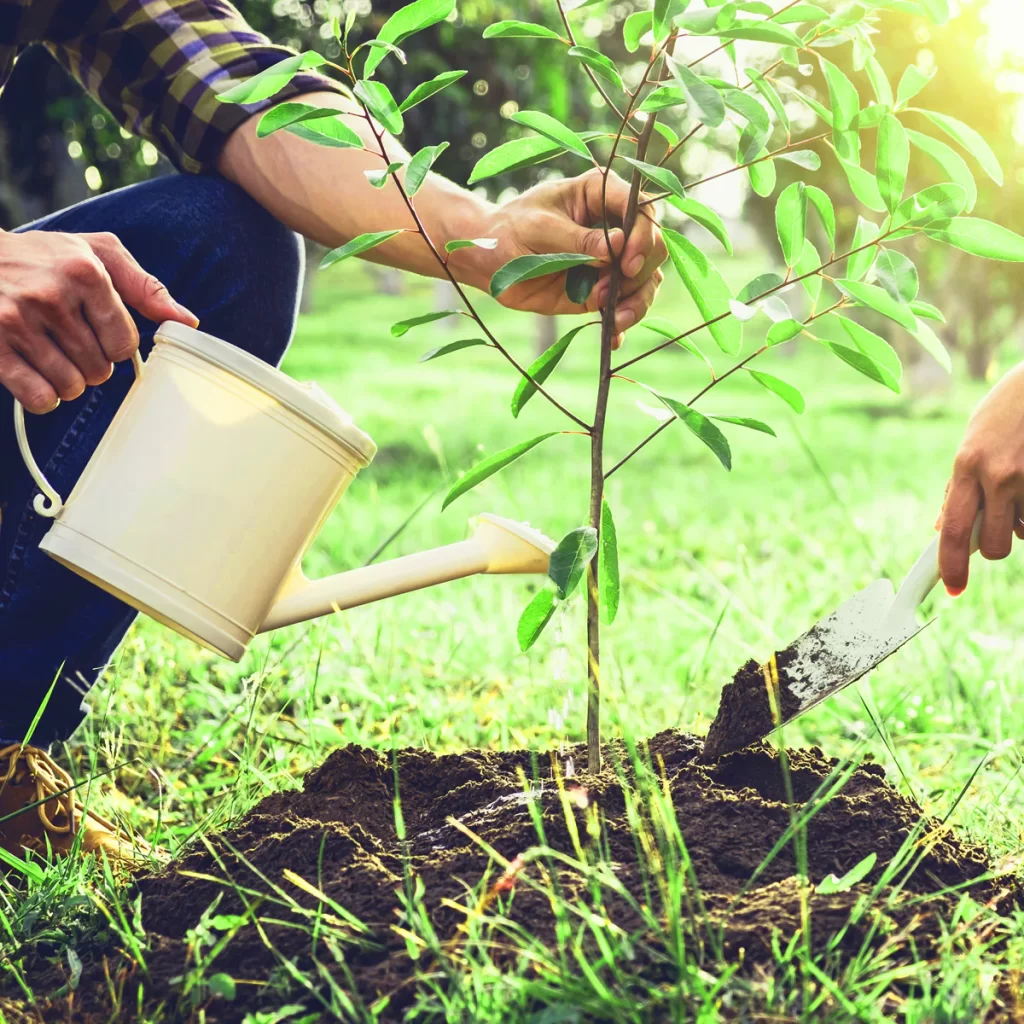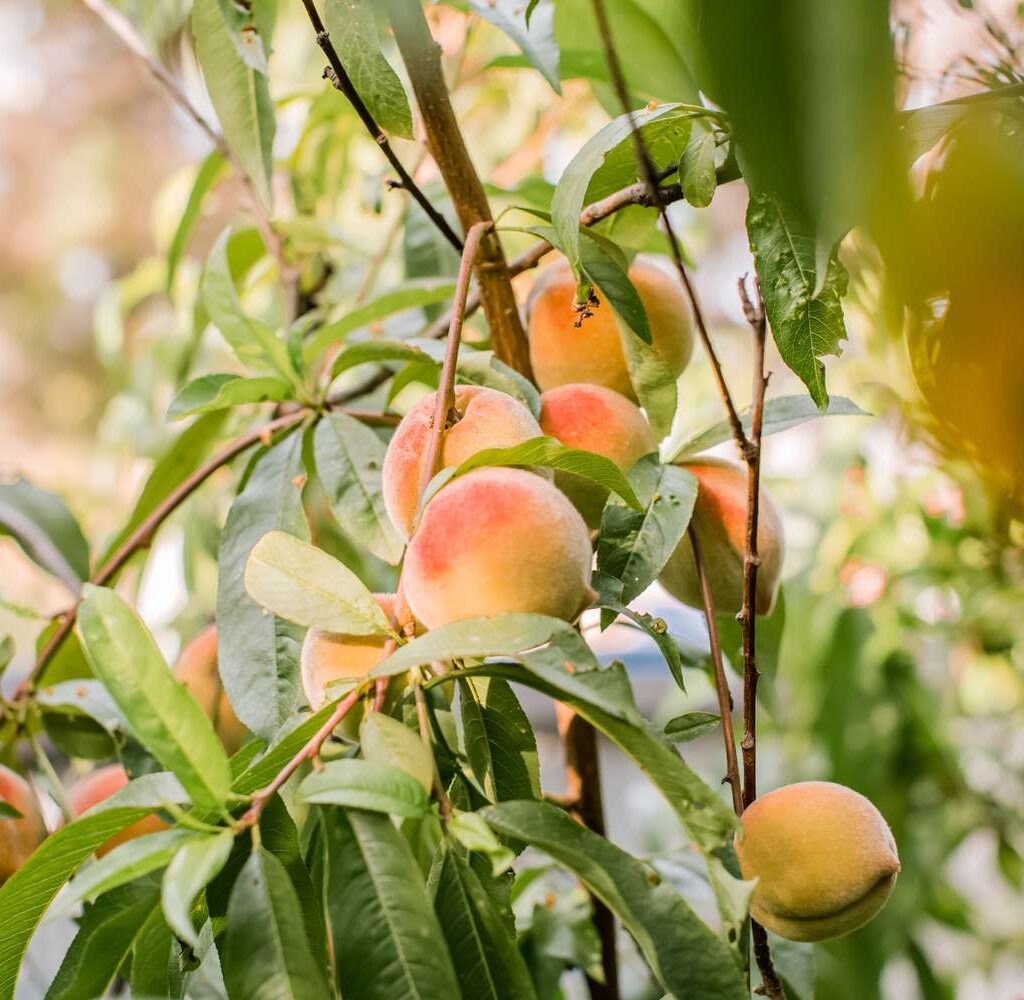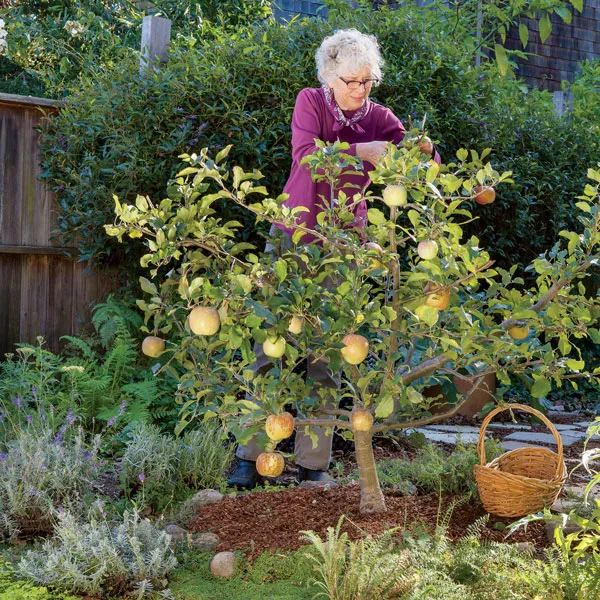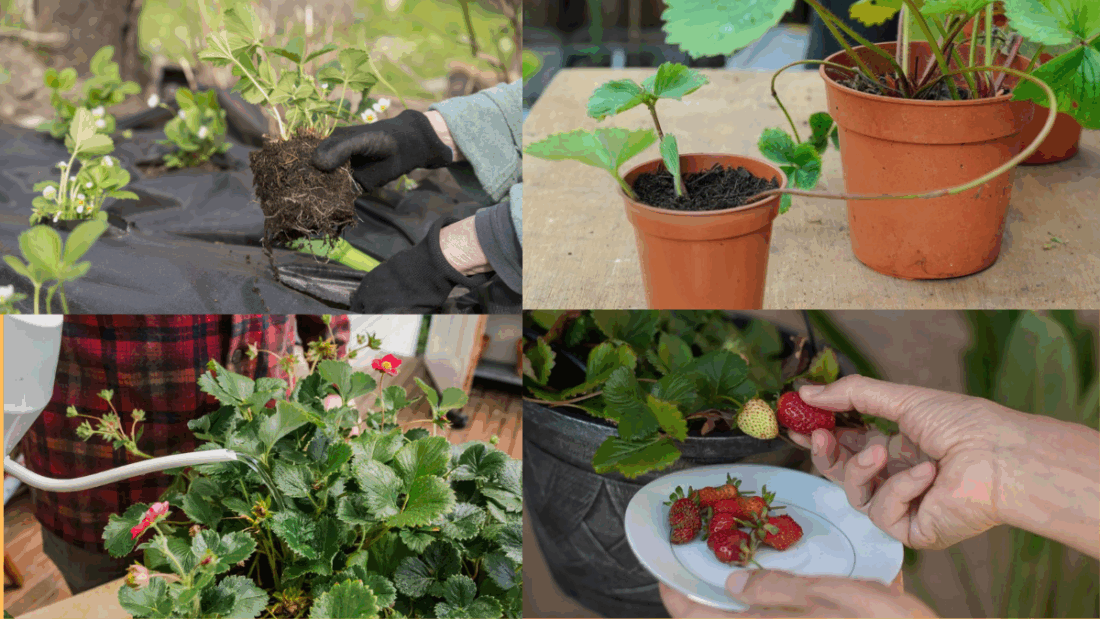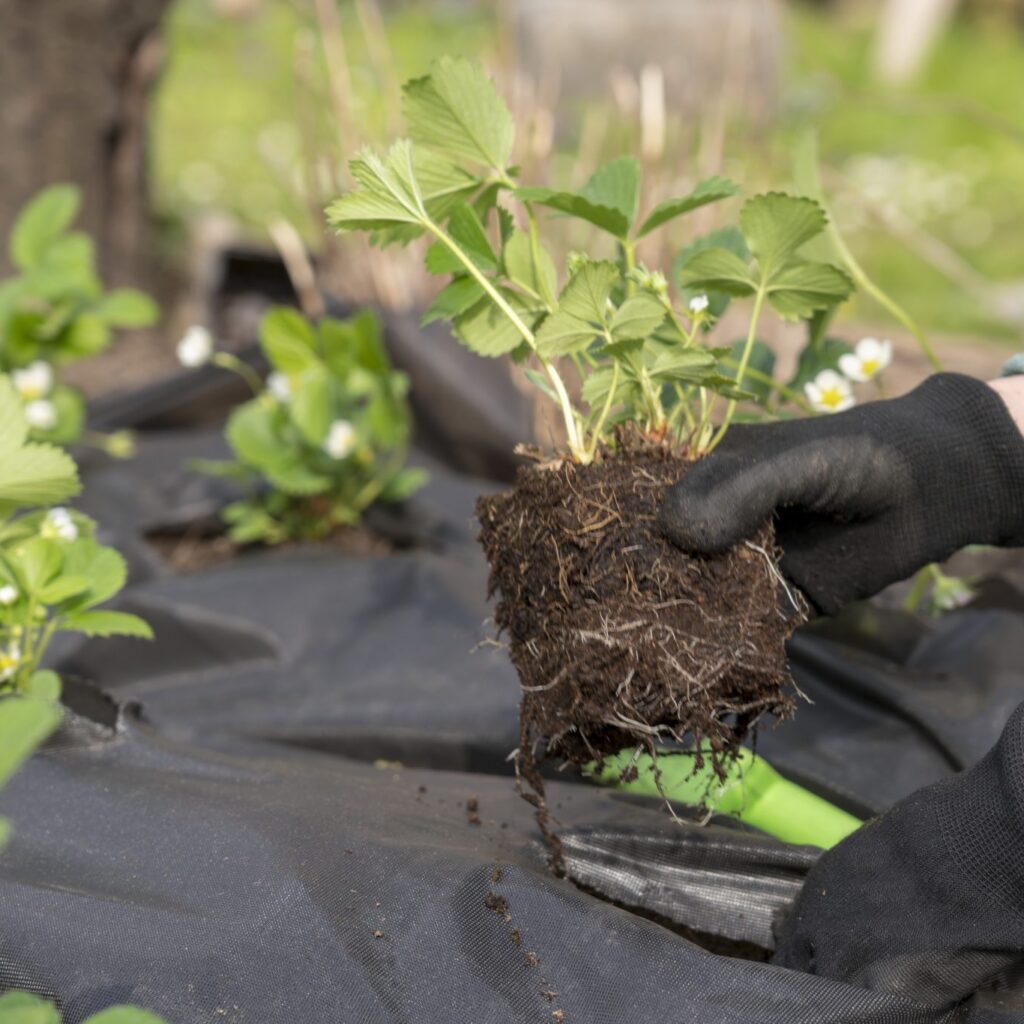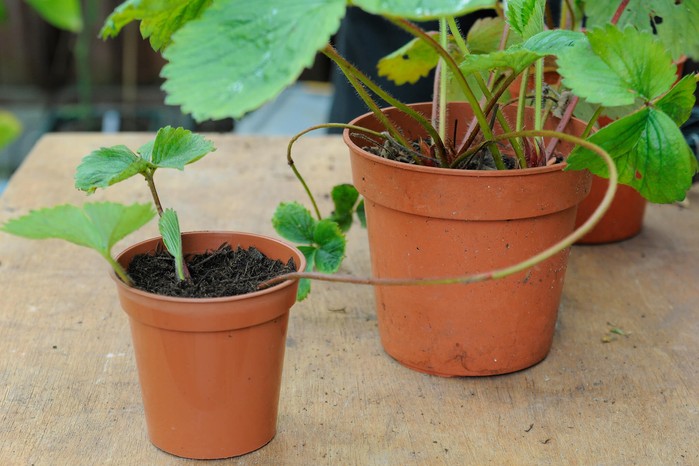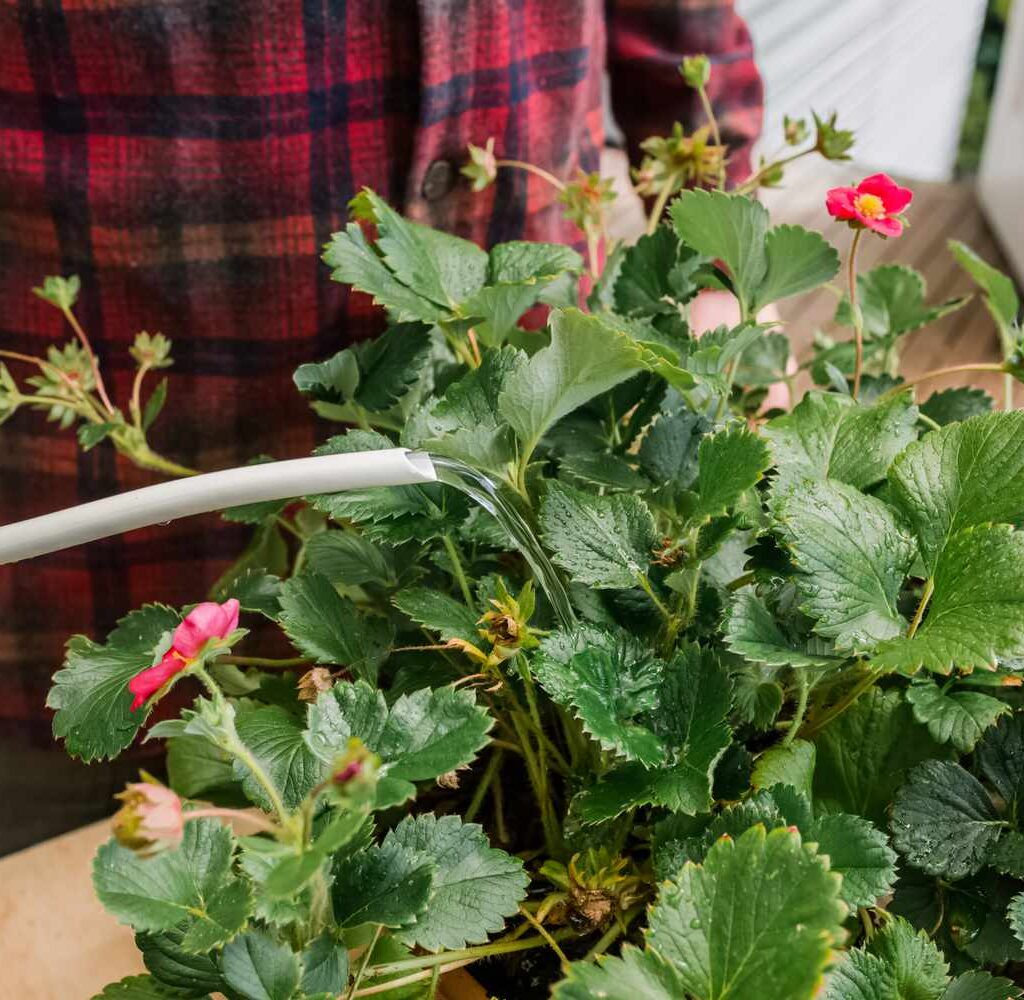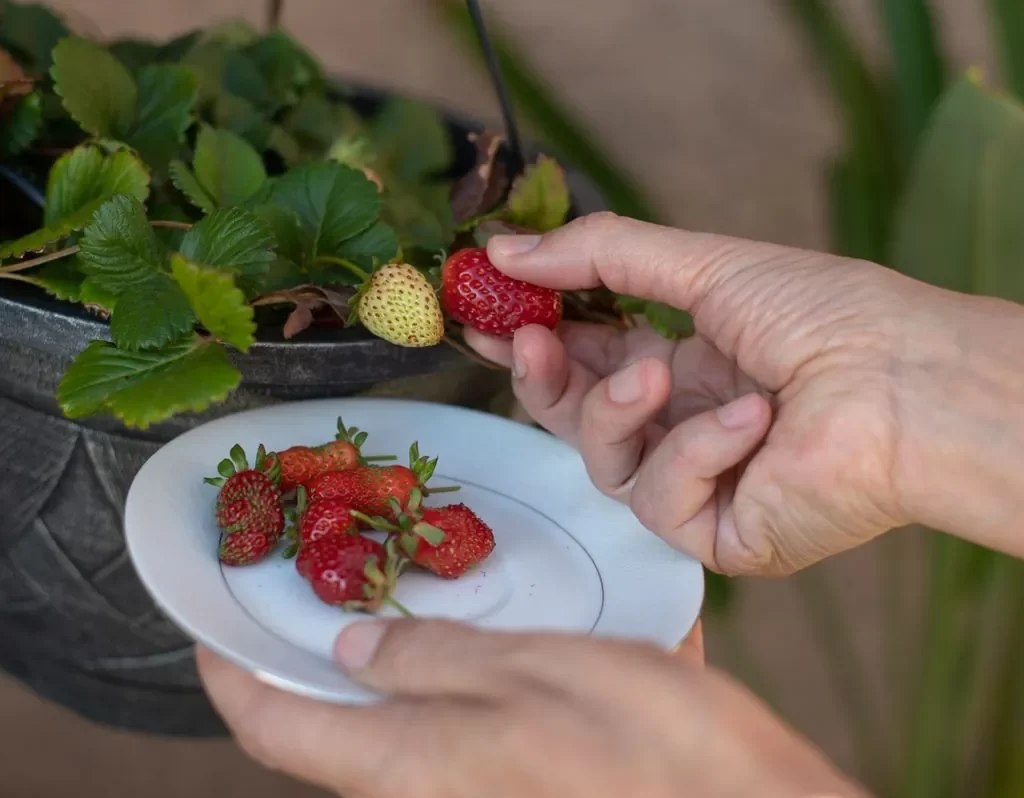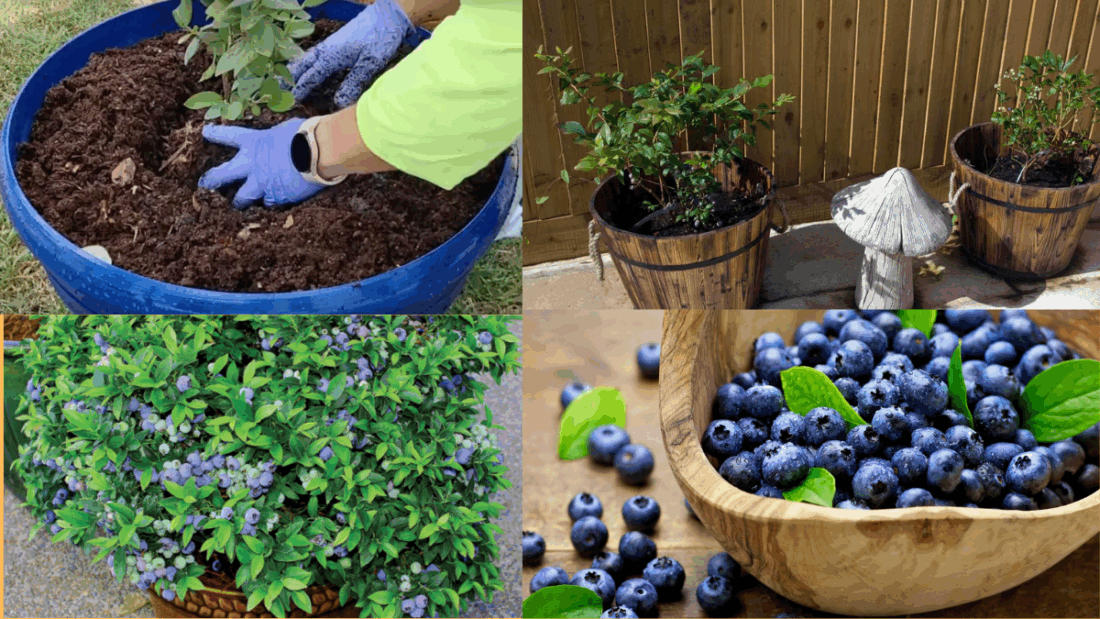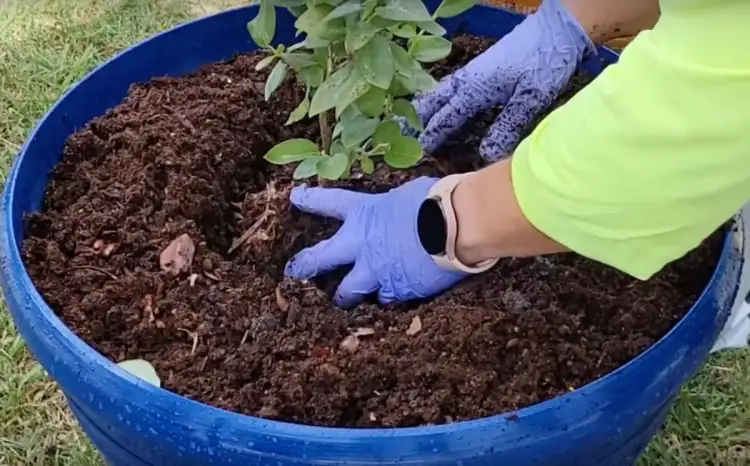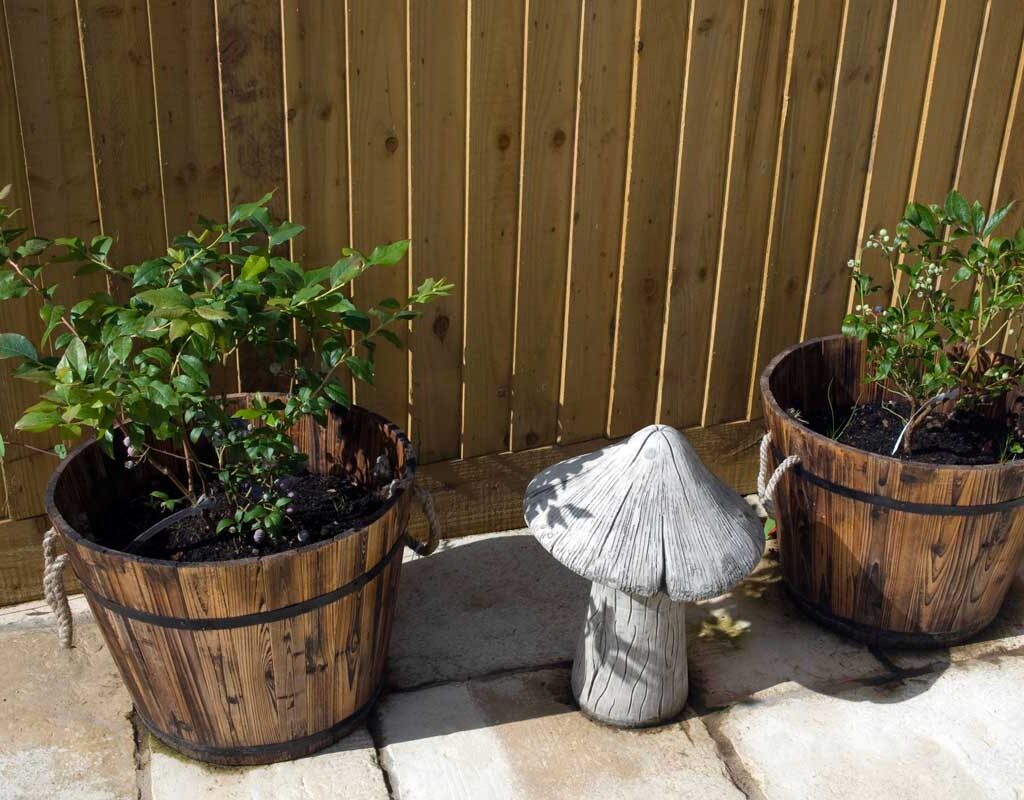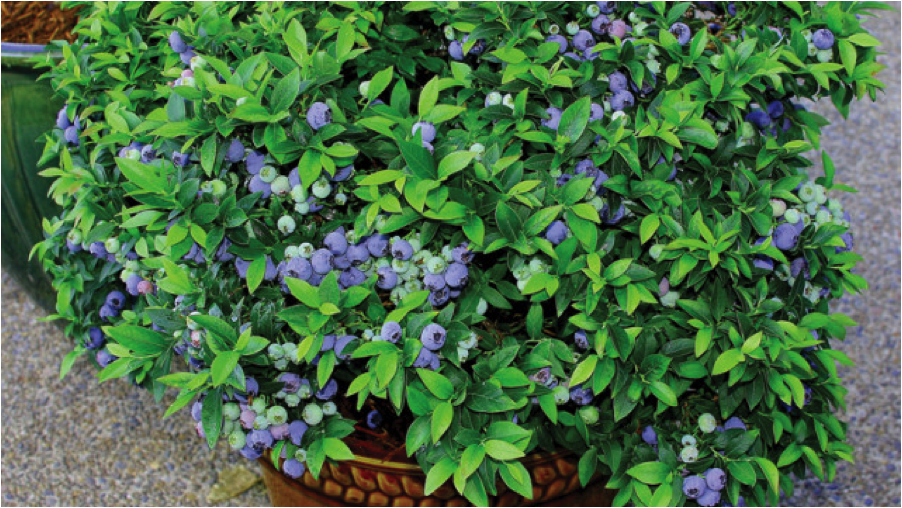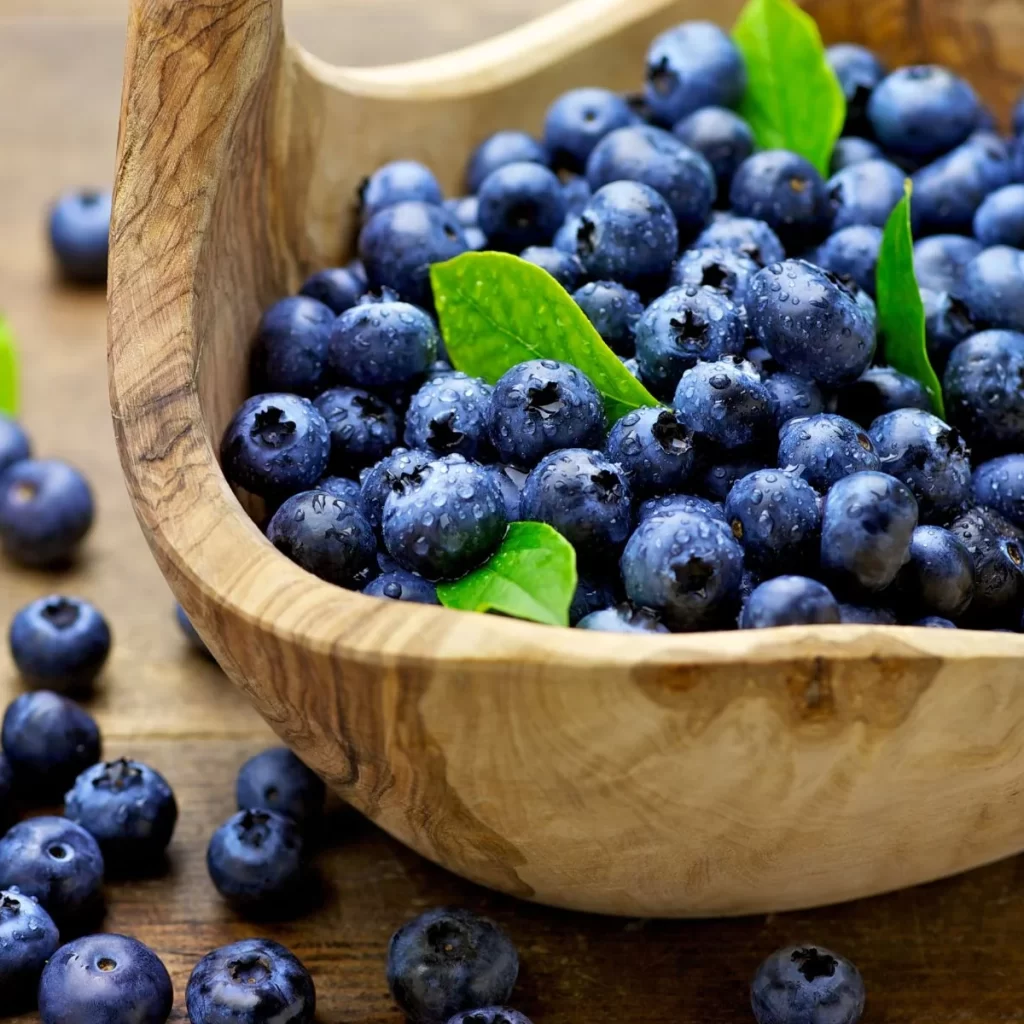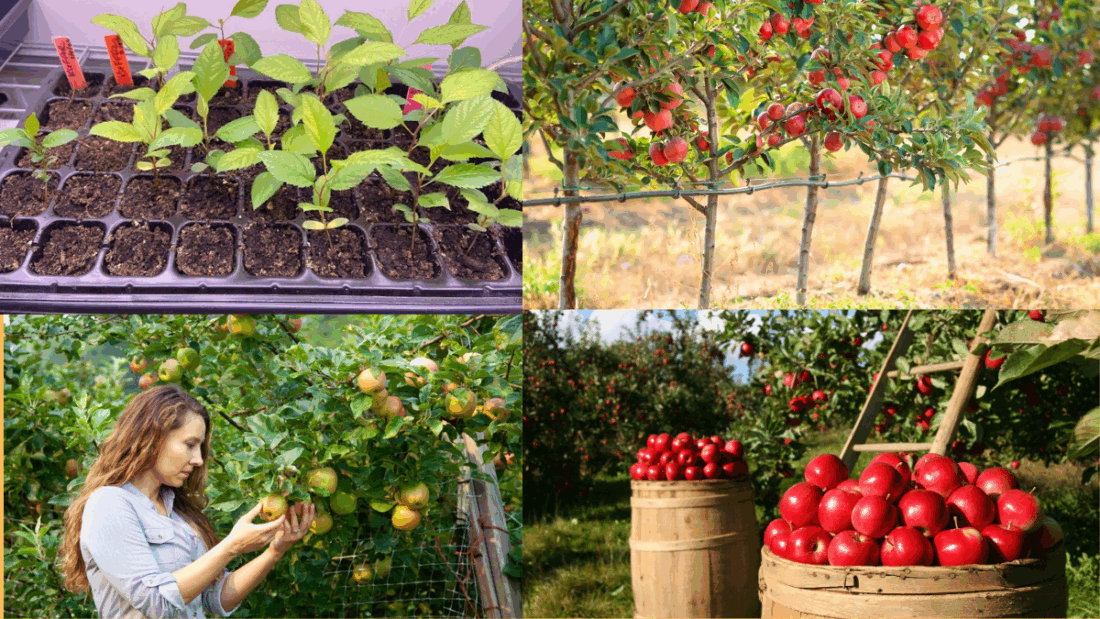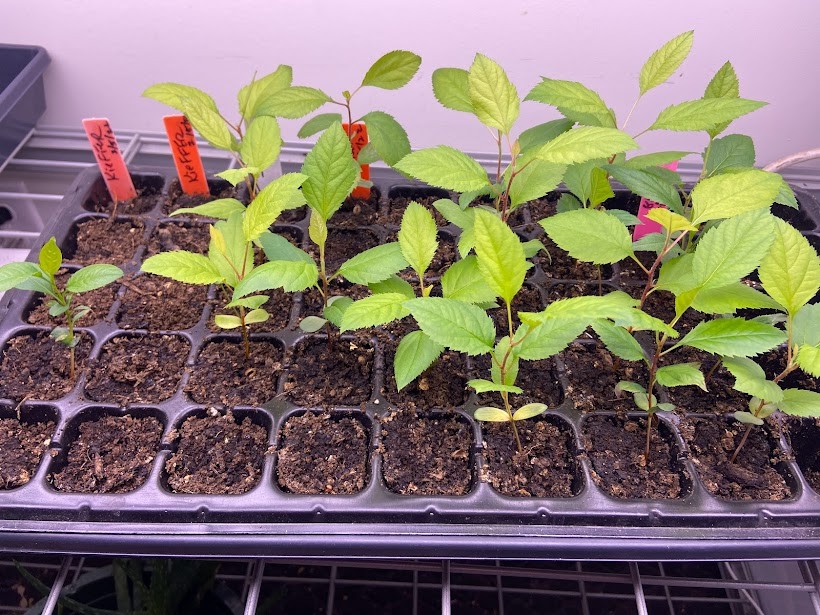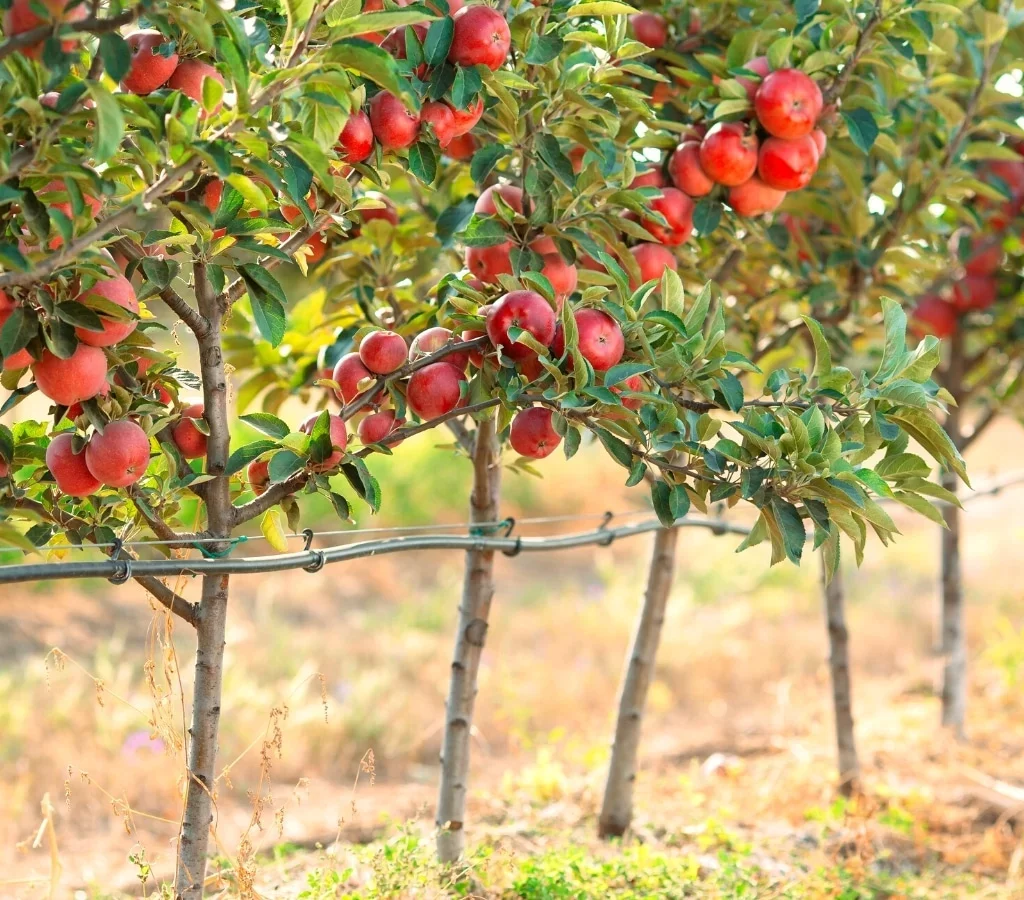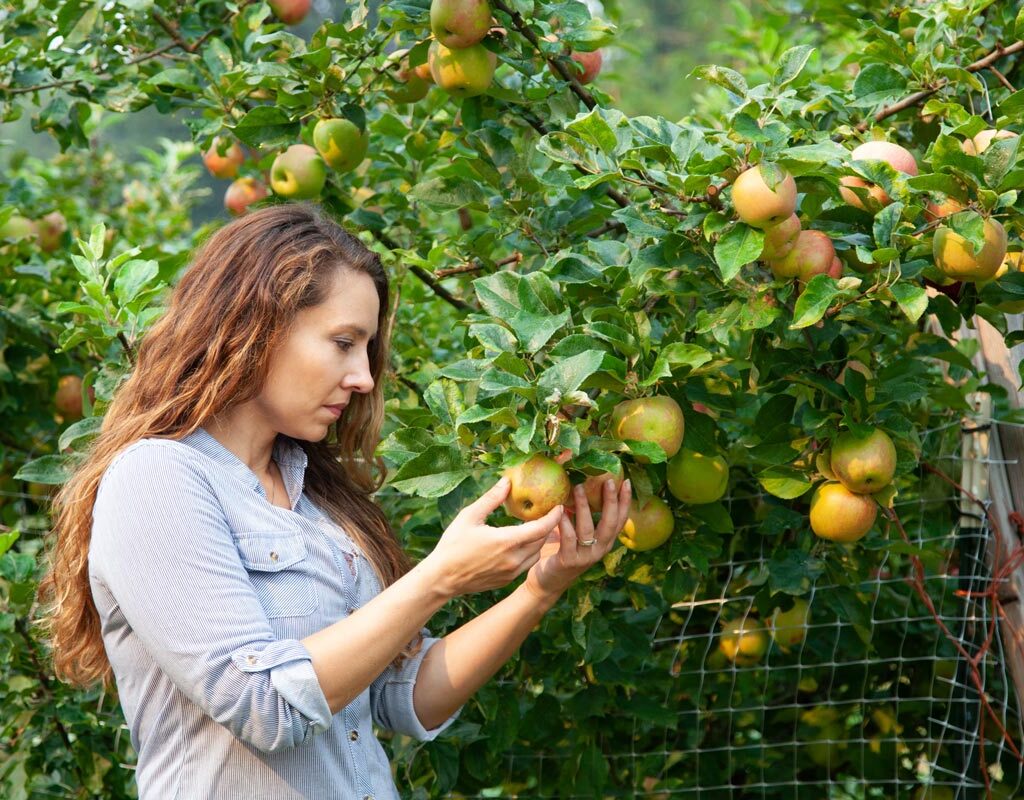Summer is the perfect time to refresh your garden, patio, or indoor space with vibrant, easy-care plants. If you’re headed to Lowe’s for your seasonal gardening haul, you’re in luck — their plant section is brimming with colorful blooms, lush greenery, and hardy varieties that thrive in the heat. Whether you want to brighten up your porch or create a lush backyard escape, here are 10 Lowe’s plants you’ll want to grab this summer for instant garden magic.
1. Hibiscus
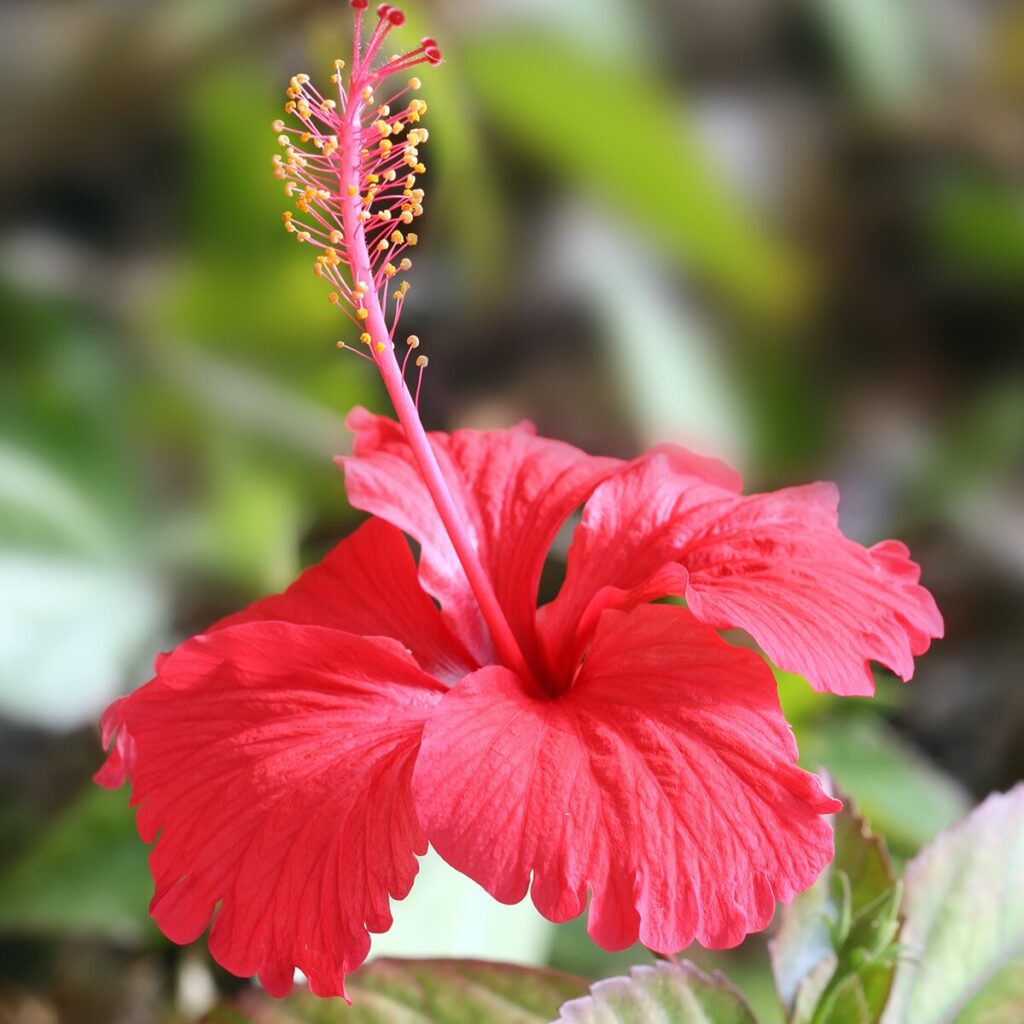
Nothing says tropical summer like a big, bold hibiscus bloom. At Lowe’s, you’ll find an array of hibiscus plants in eye-catching shades like fiery red, sunny yellow, and vibrant pink. These heat-loving stunners bloom profusely through summer, attracting hummingbirds and butterflies. Perfect for patios, porches, or garden beds, hibiscus thrives in full sun and well-drained soil. Plant them in containers for a movable burst of color, or in the ground for a bold statement shrub.
2. Caladium

For foliage fanatics, Lowe’s caladium selection is a must-see. Known for their heart-shaped leaves splashed with pink, red, white, and green, caladiums instantly brighten up shady spots in your garden. They’re perfect for planting beneath trees, in mixed borders, or in hanging baskets. Caladiums love warmth and humid conditions, making them ideal summer plants. Their low-maintenance nature and dramatic foliage make them one of the easiest ways to add texture and color to your landscape.
3. Mandevilla
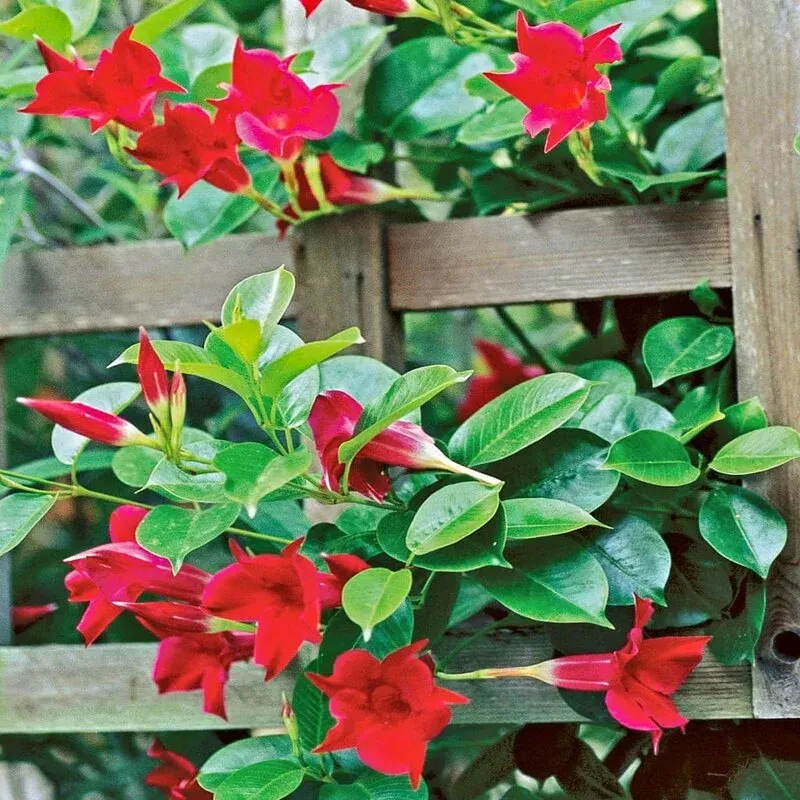
If you’re looking for a climbing, flowering vine to elevate your summer garden, Mandevilla is a beautiful option. Lowe’s carries them in several hues, with trumpet-shaped blooms that appear nonstop from late spring through fall. Mandevilla loves full sun and thrives in containers with a trellis or along fences and railings. Their tropical vibe makes them perfect for patios and balconies. Plus, they’re drought-tolerant once established and practically effortless to care for during the warmer months.
4. Lantana

For unbeatable color and durability, grab a few lantanas from Lowe’s. These heat-tolerant, sun-loving plants are famous for their clusters of tiny flowers in bold shades of orange, pink, yellow, and purple. Lantanas attract pollinators like bees, butterflies, and hummingbirds, making them excellent additions to eco-friendly gardens. They work beautifully in containers, hanging baskets, or flower beds. Their drought resistance and long blooming season make them one of the most reliable summer plants you can pick up.
5. Boston Fern

Boston Ferns are summer favorites for shady porches and patios, and Lowe’s usually carries a gorgeous selection in hanging baskets and floor pots. Their lush, arching fronds create a classic, cottage-garden look. They thrive in indirect light and humid conditions, making them ideal for covered outdoor spaces or even indoors near sunny windows. Regular misting and occasional trimming keep them lush and green all summer. Pair a few Boston Ferns together for an effortlessly elegant display.
6. Pentas
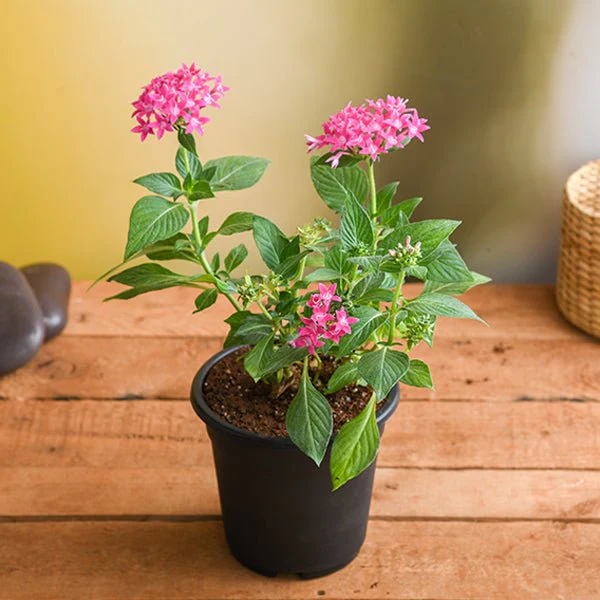
Pentas, also known as Egyptian Star Clusters, are a summer staple for sunny spots. Lowe’s offers them in rich hues of red, pink, lavender, and white. Their clusters of star-shaped flowers attract hummingbirds and butterflies all season long. Heat- and drought-tolerant, pentas are perfect for container gardens, borders, and butterfly beds. These easy-care annuals bloom continuously in warm weather, requiring little more than full sun, occasional watering, and deadheading to stay vibrant and full.
7. Coleus
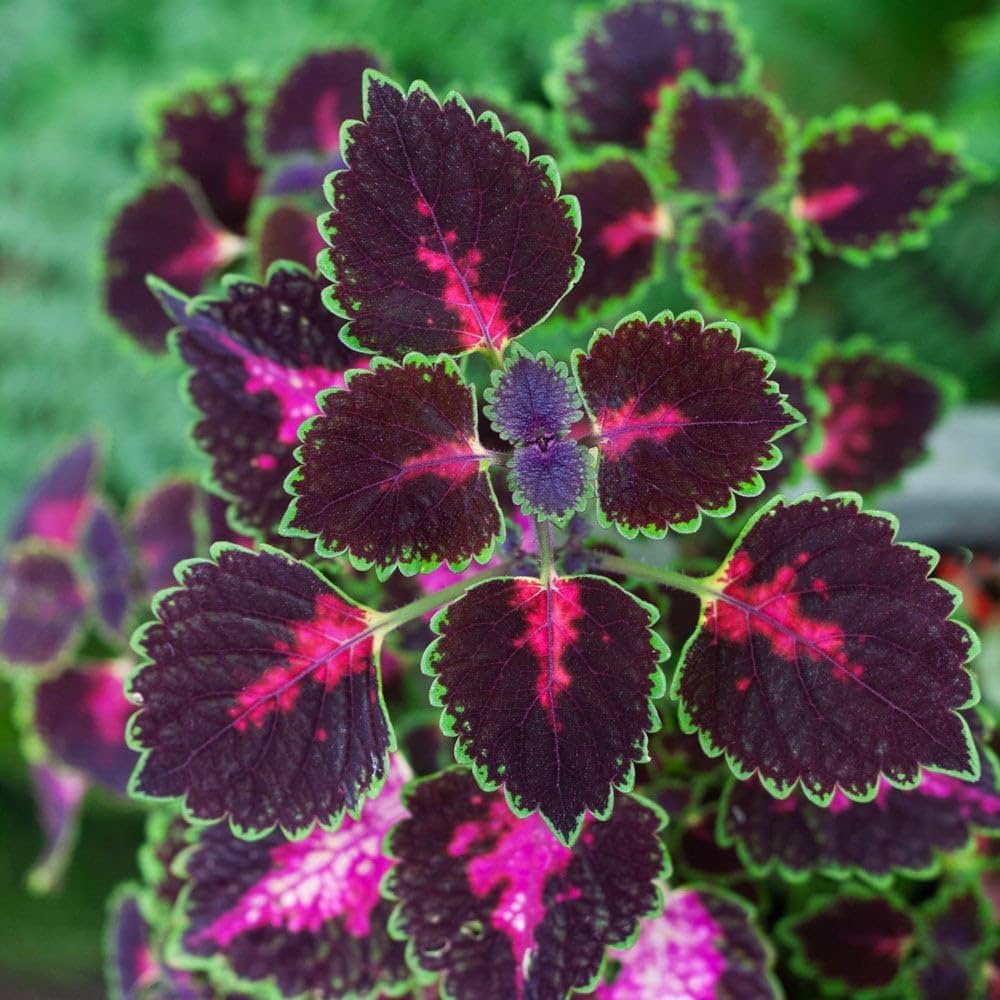
If you want color beyond flowers, grab a few coleus plants during your Lowe’s visit. These foliage stars come in stunning shades of burgundy, lime green, magenta, and gold. Coleus thrives in both sun and shade, making them versatile additions to mixed containers, flower beds, and shady corners. Their fast growth and striking leaf patterns bring instant texture and contrast to any planting scheme. Keep them regularly watered and pinch back for bushier growth all summer long.
8. Gardenia
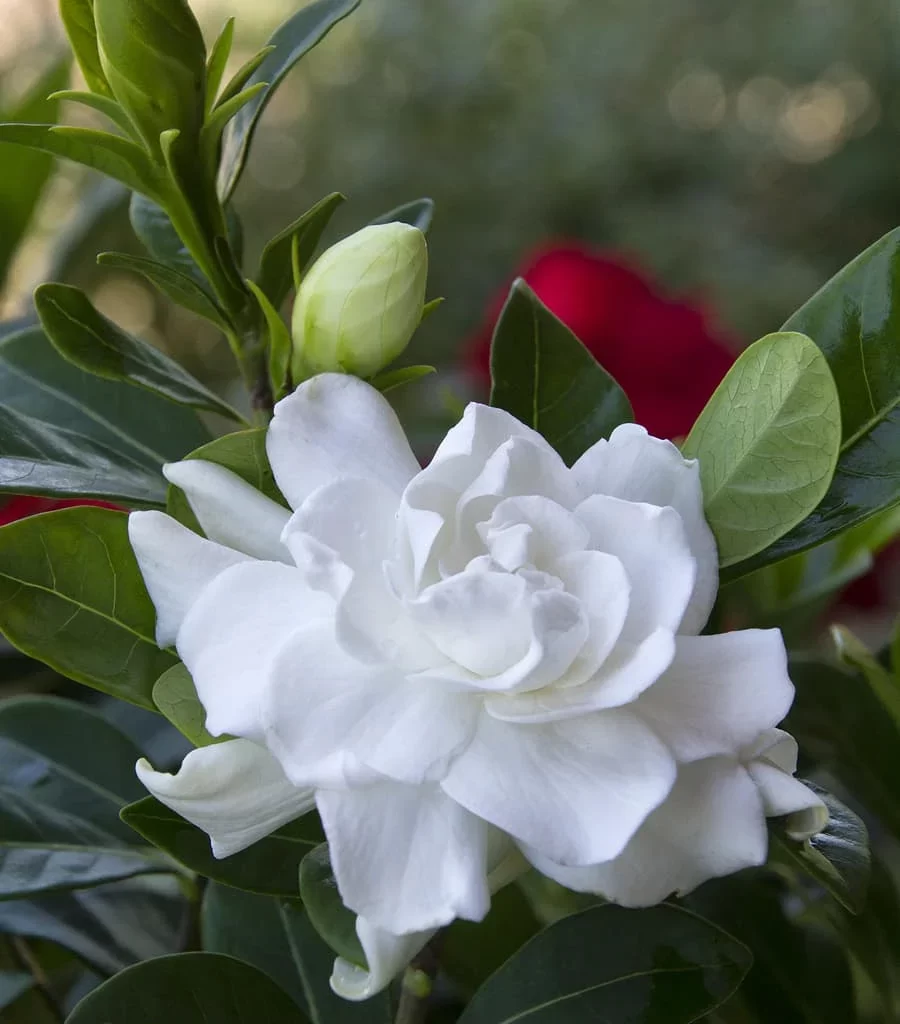
For fragrance lovers, gardenias are a summer essential. Lowe’s often carries these glossy-leaved shrubs with their creamy, intoxicatingly scented blooms. Ideal for patios and entryways, gardenias prefer bright, indirect light and slightly acidic, well-drained soil. While they require a bit more care than some summer plants, the reward is worth it — lush, dark green foliage and heavenly scented flowers from late spring into summer. Place them near outdoor seating areas so you can enjoy their perfume in the evening air.
9. SunPatiens
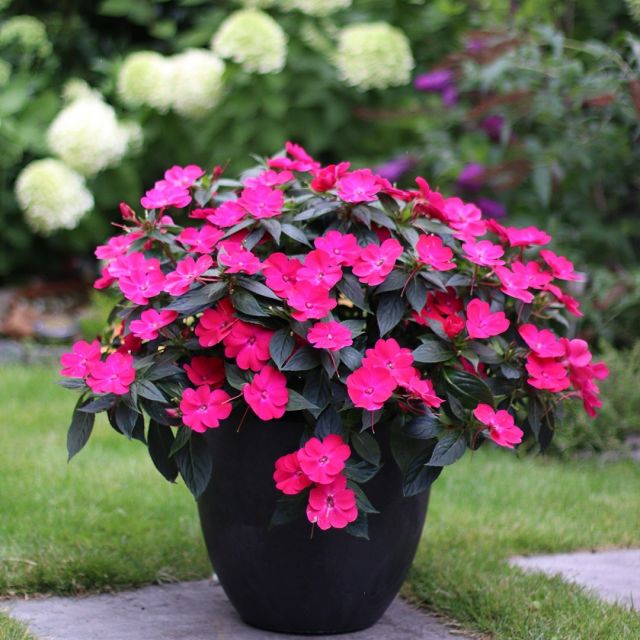
SunPatiens are a summer superstar you’ll likely spot at Lowe’s. These sun-tolerant impatiens thrive in both sunny and partially shaded spots, unlike traditional impatiens that wilt in full sun. Available in vibrant pink, red, orange, and white, SunPatiens are vigorous growers that fill out beds, containers, and borders beautifully. They require little maintenance beyond regular watering and occasional feeding, blooming non-stop from spring to fall. Their disease resistance and resilience in heat make them a perfect summer pick.
10. Salvia
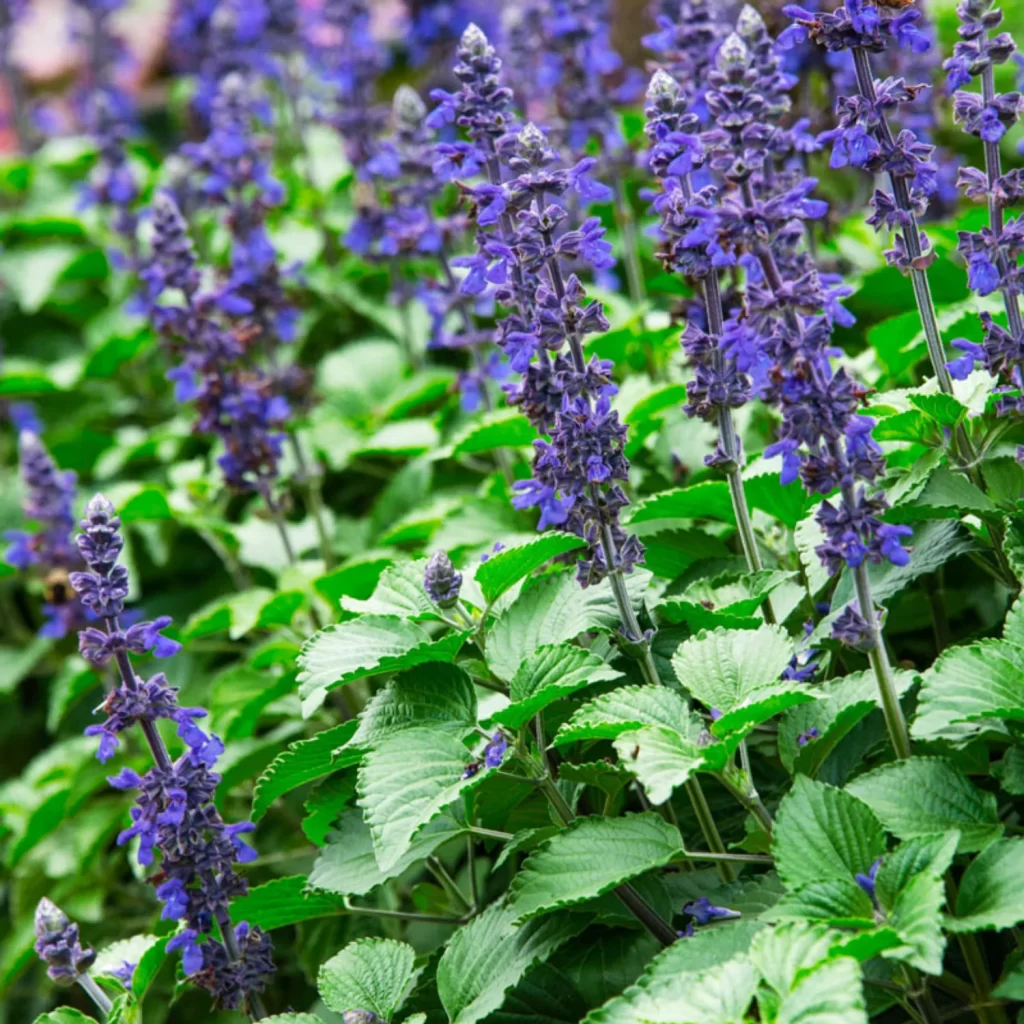
For height, texture, and pollinator appeal, you can’t go wrong with Salvia. Lowe’s offers several varieties, including the popular ‘Mystic Spires’ and ‘Black & Blue.’ These spiky blooms in shades of blue, purple, or red add vertical interest to flower beds and containers. Salvias are drought-tolerant, sun-loving, and beloved by hummingbirds and butterflies. Deadheading spent blooms encourages continuous flowering. Pair them with lantanas and pentas for a vibrant, easy-care summer pollinator garden that thrives in the heat.


